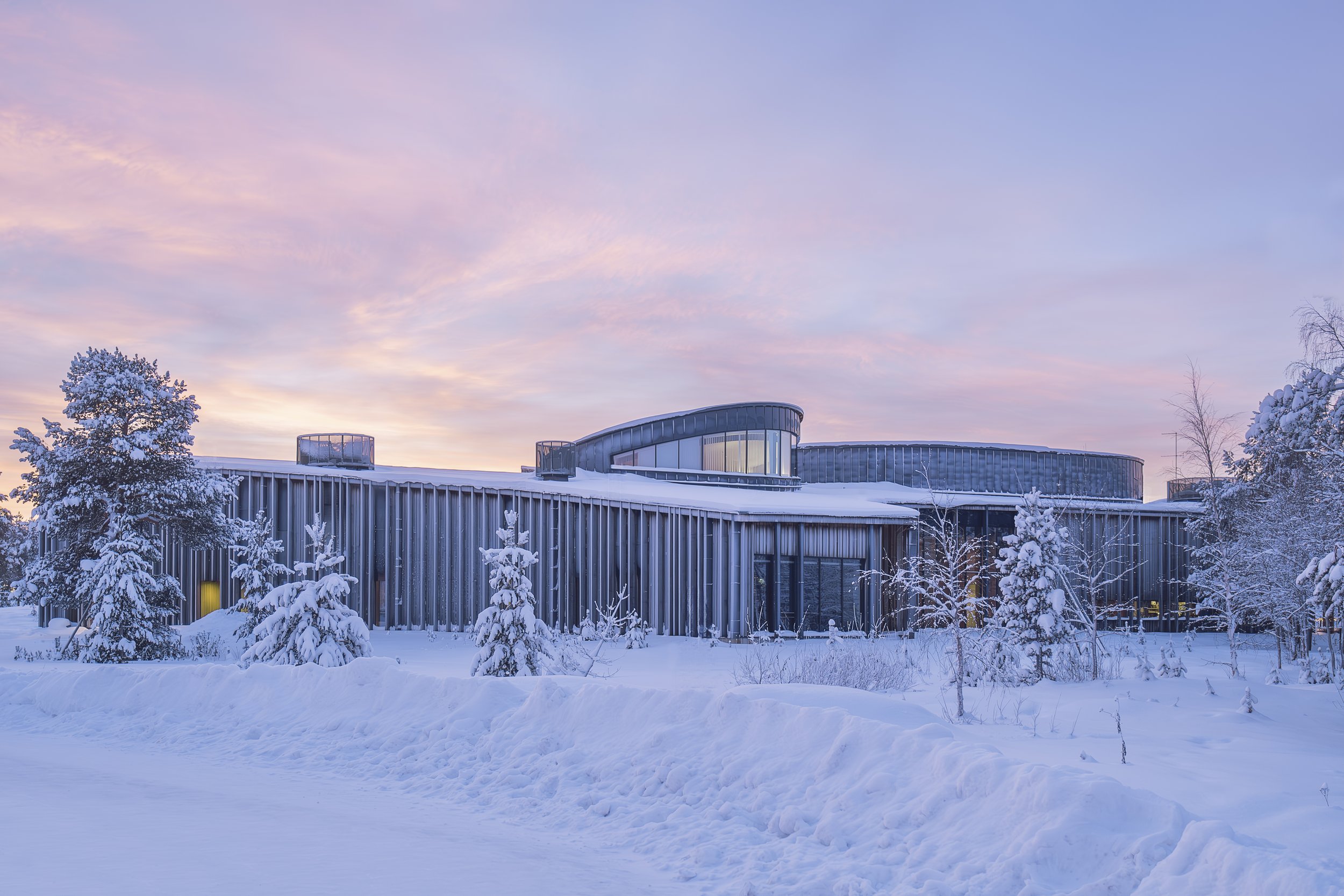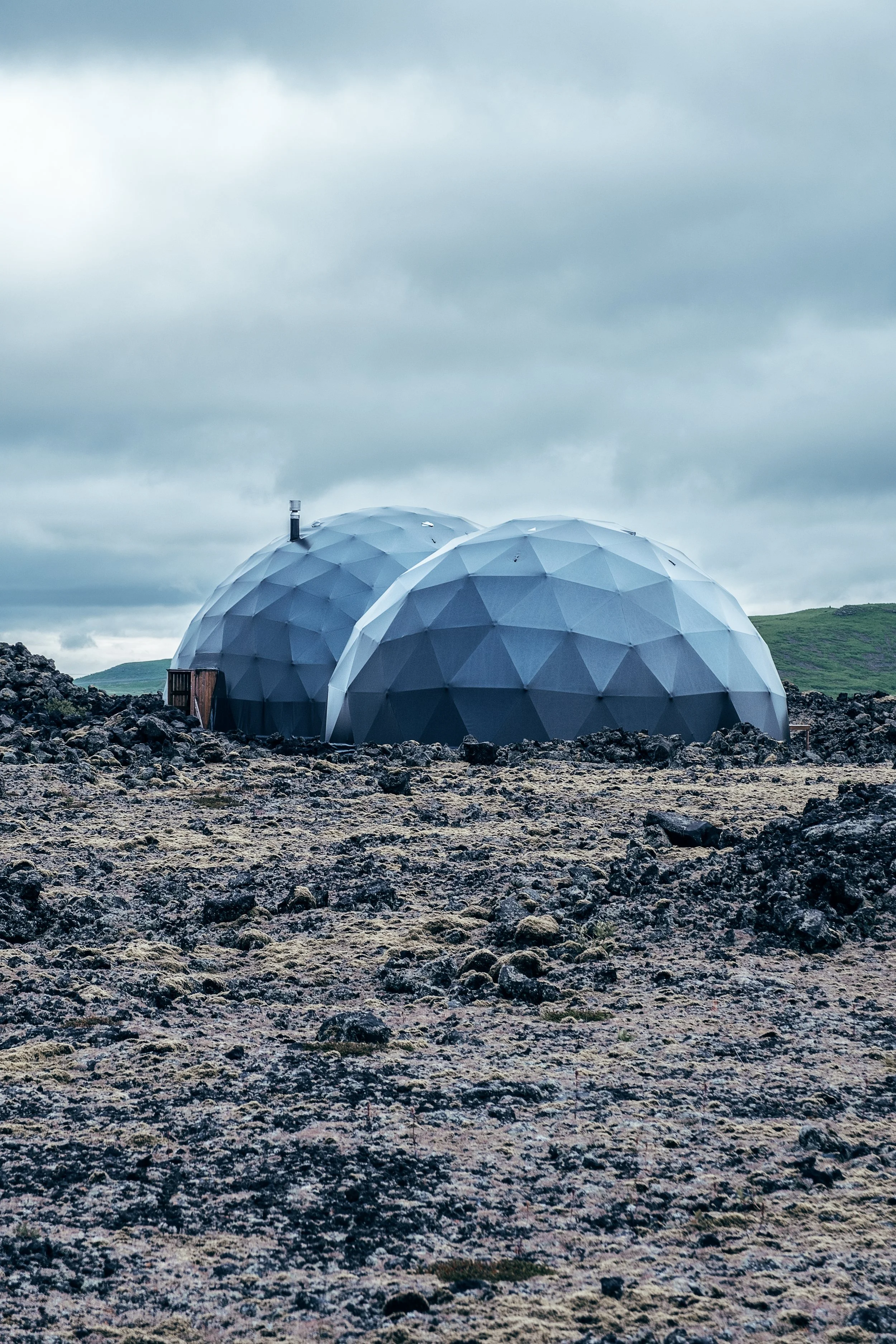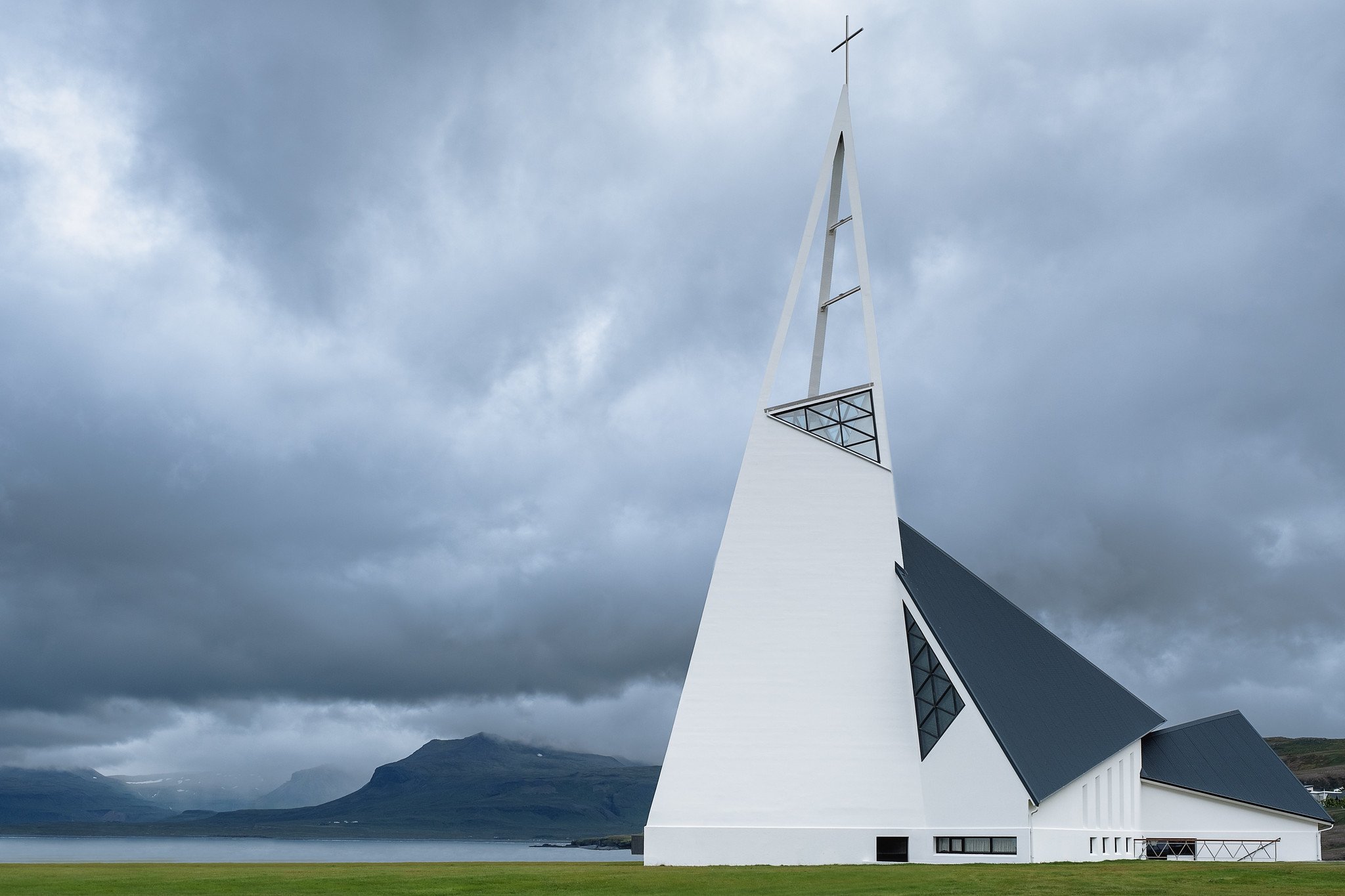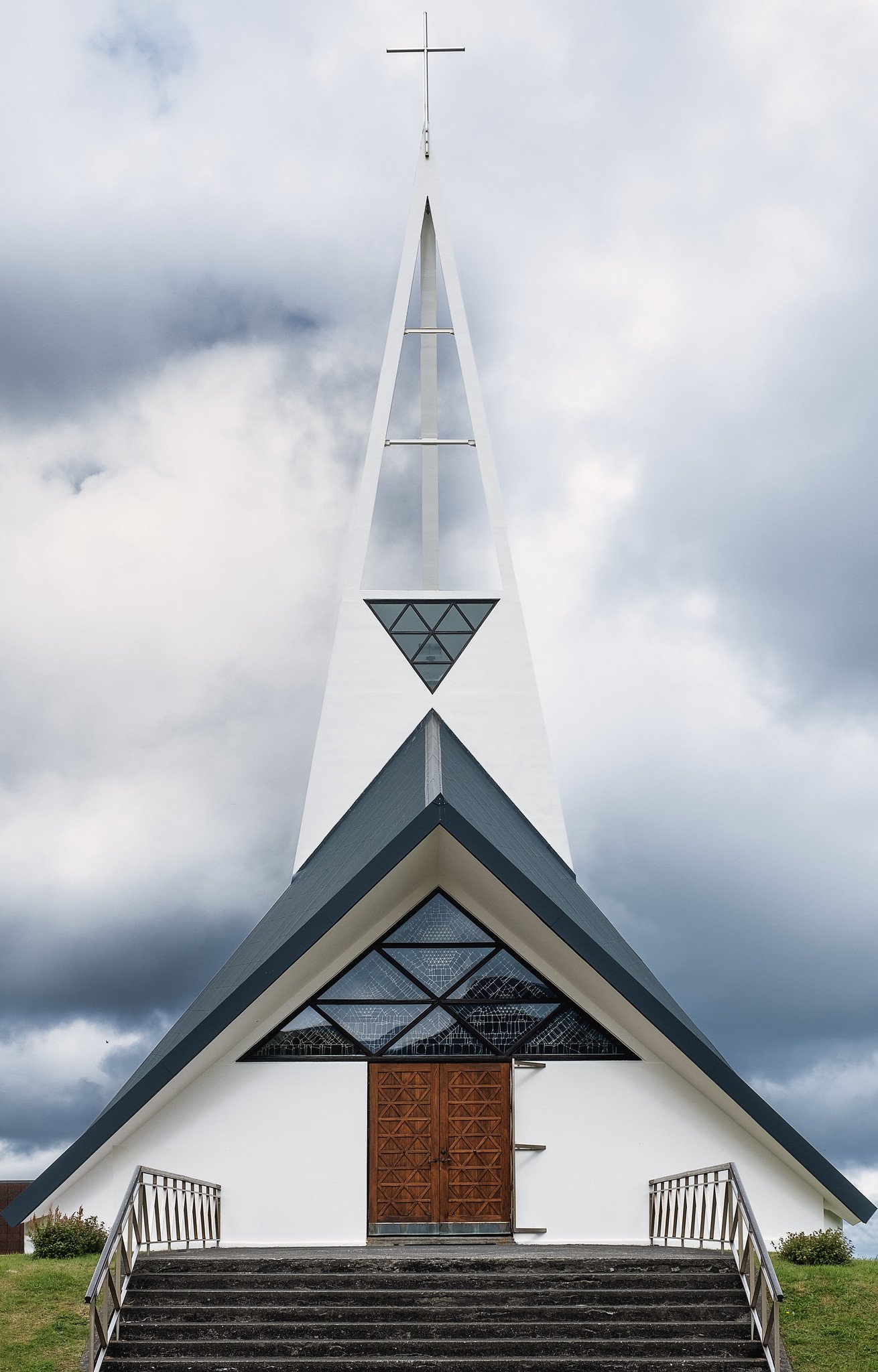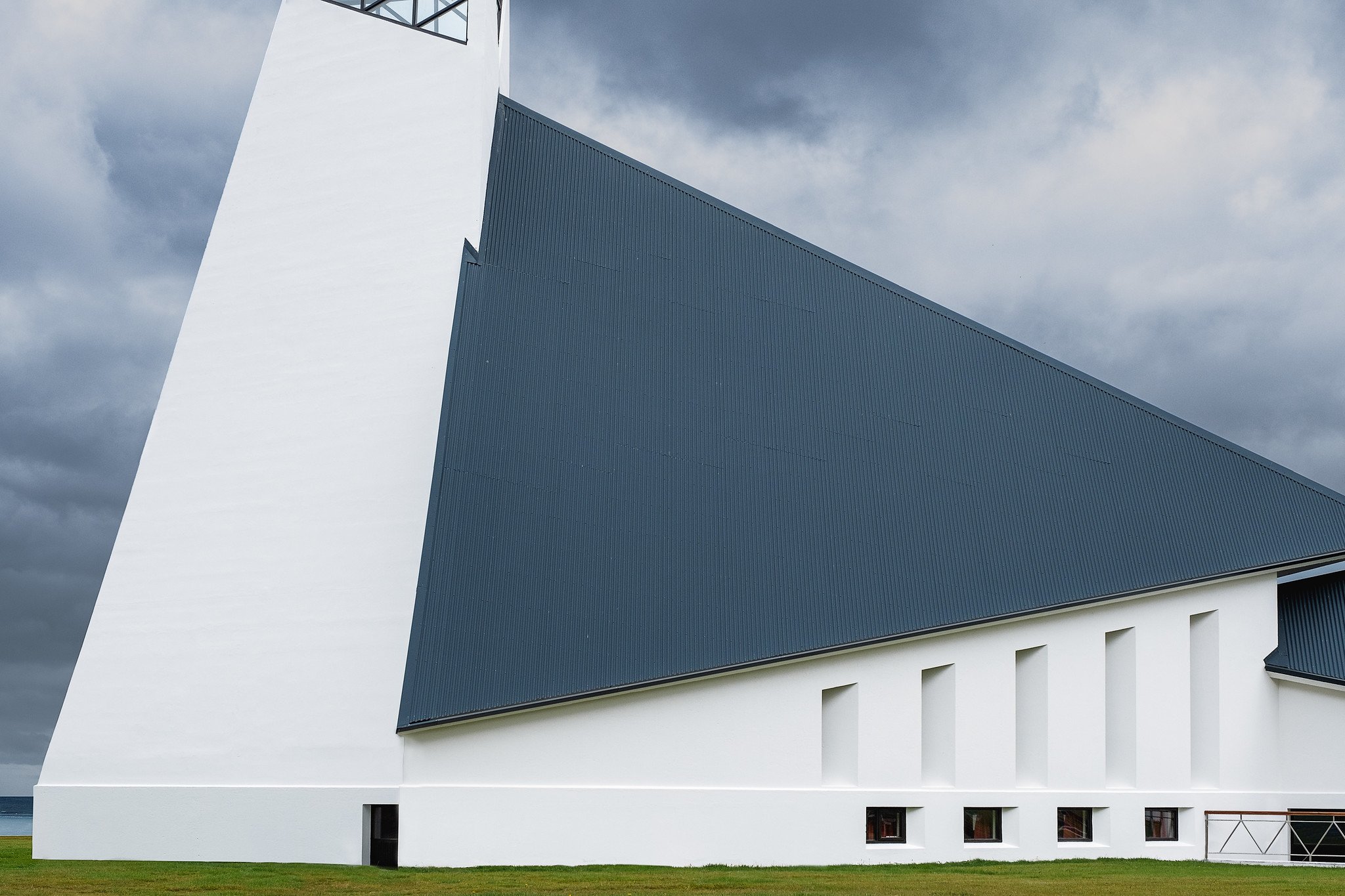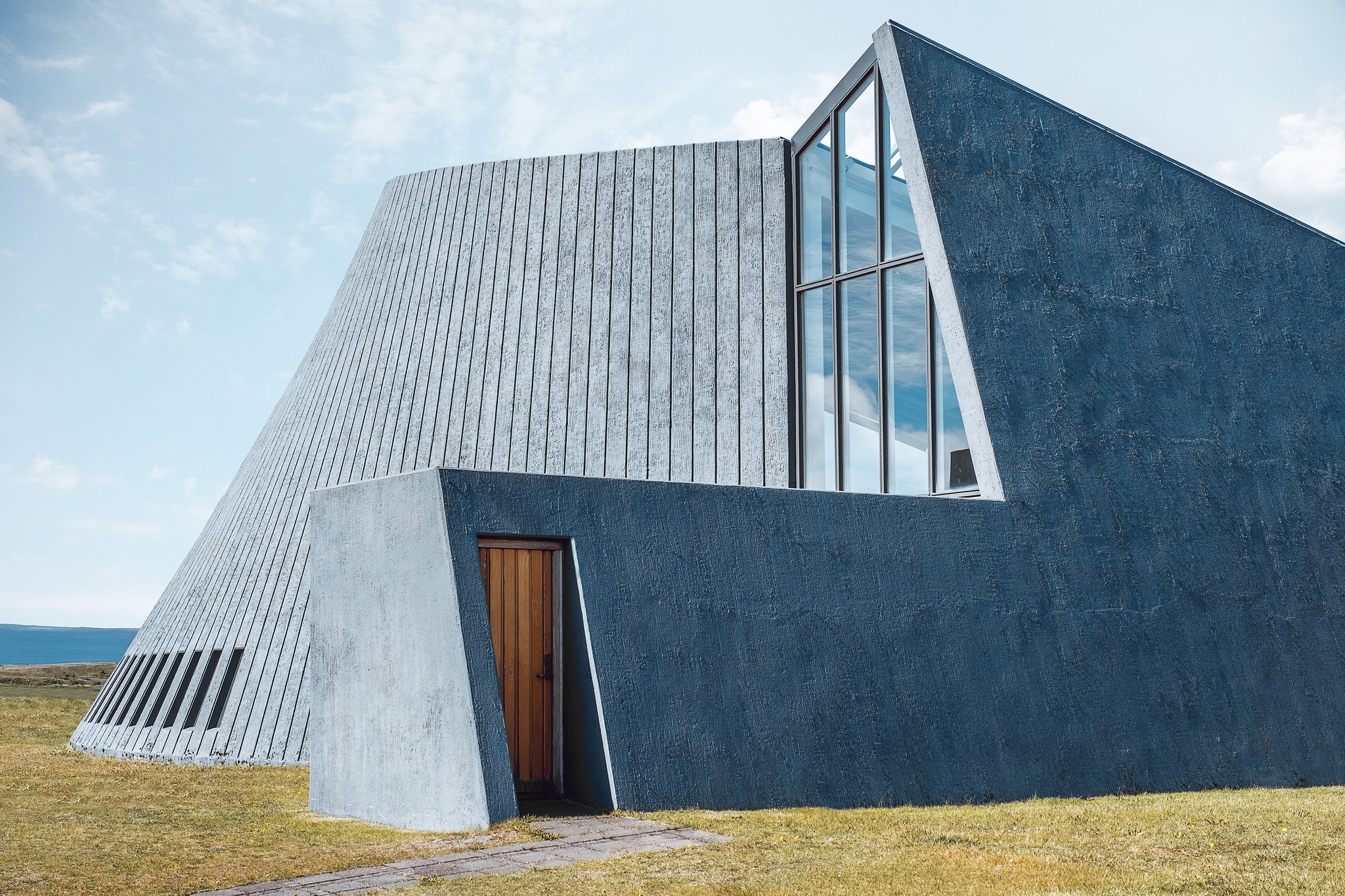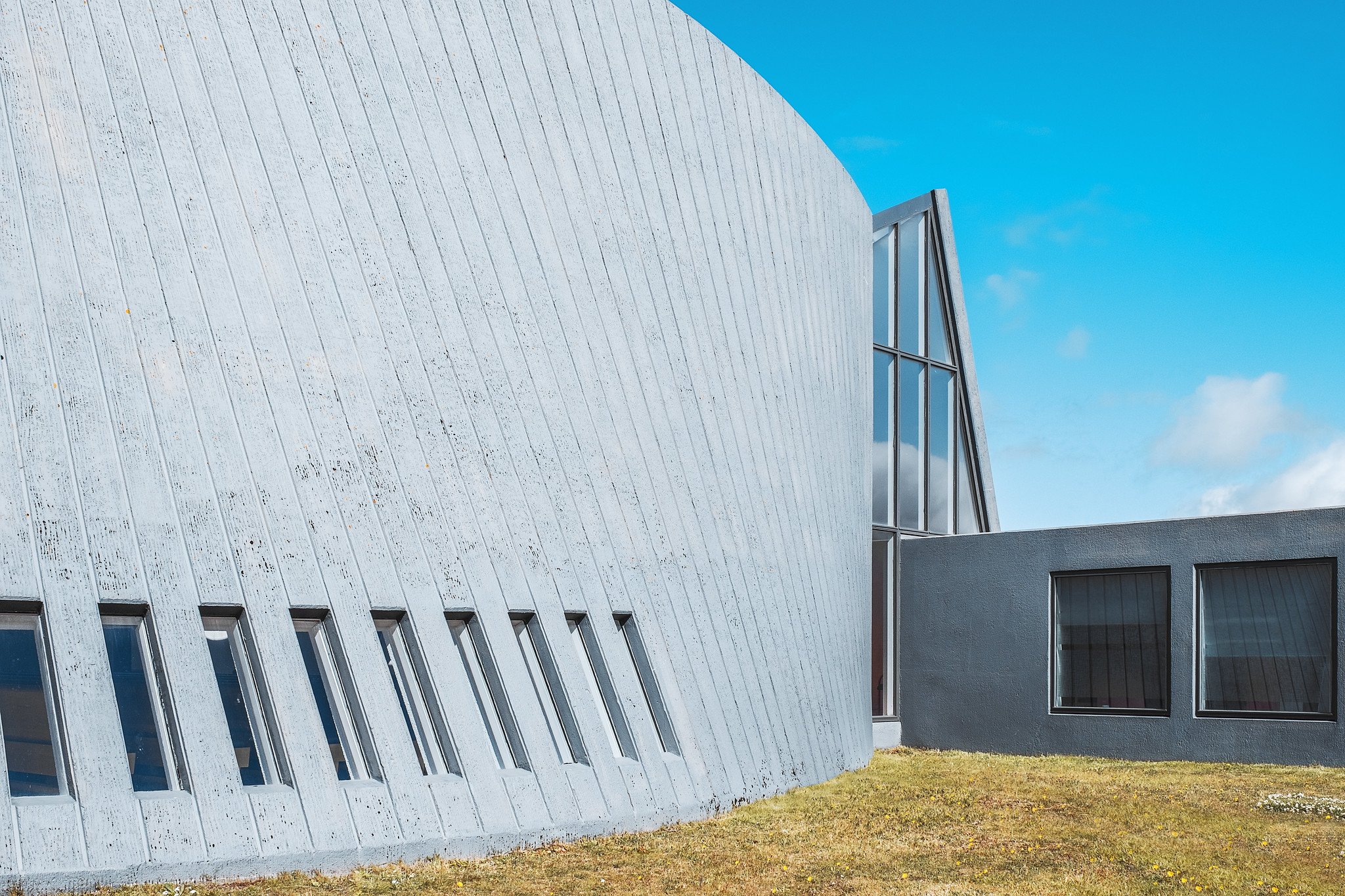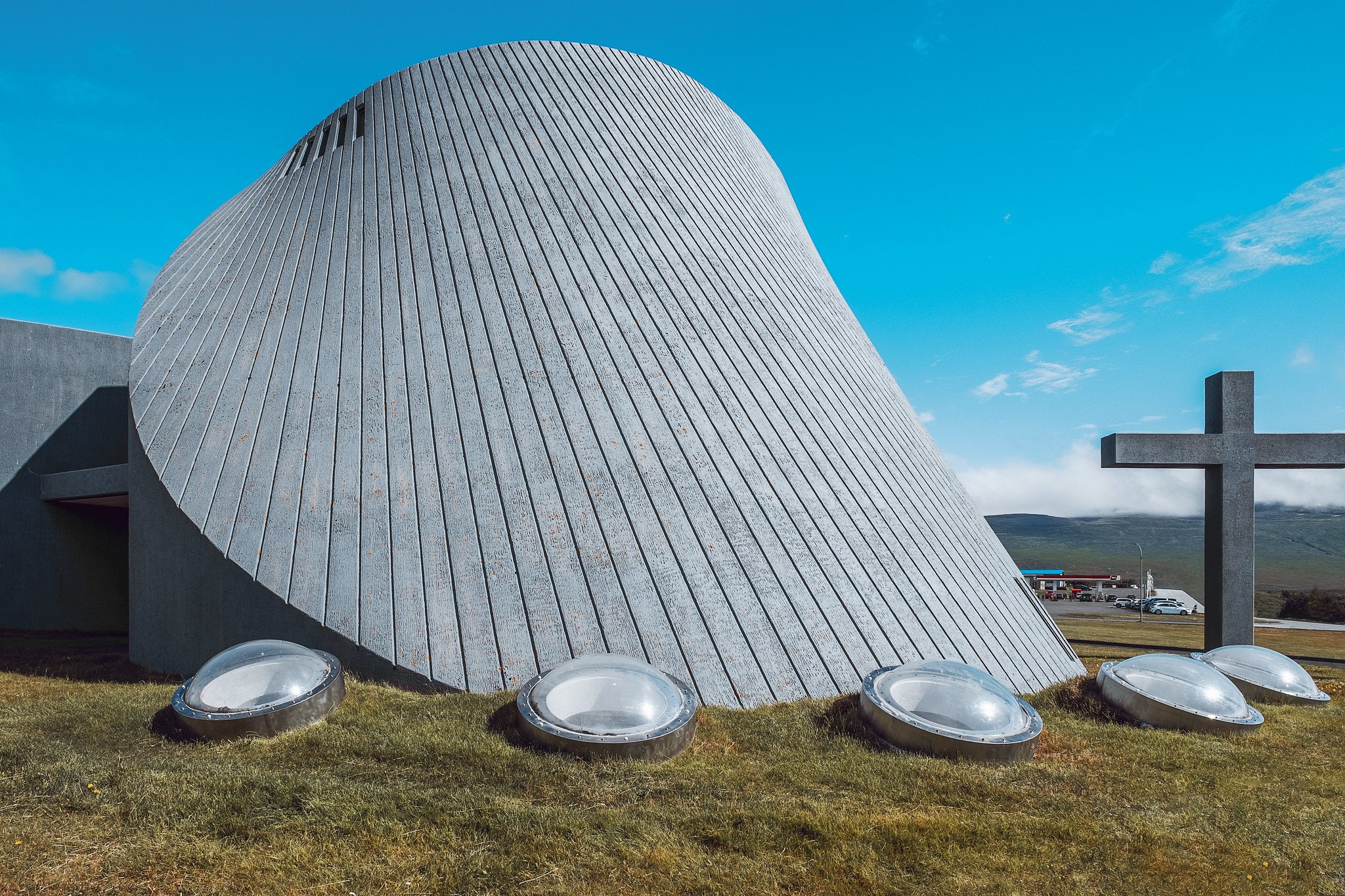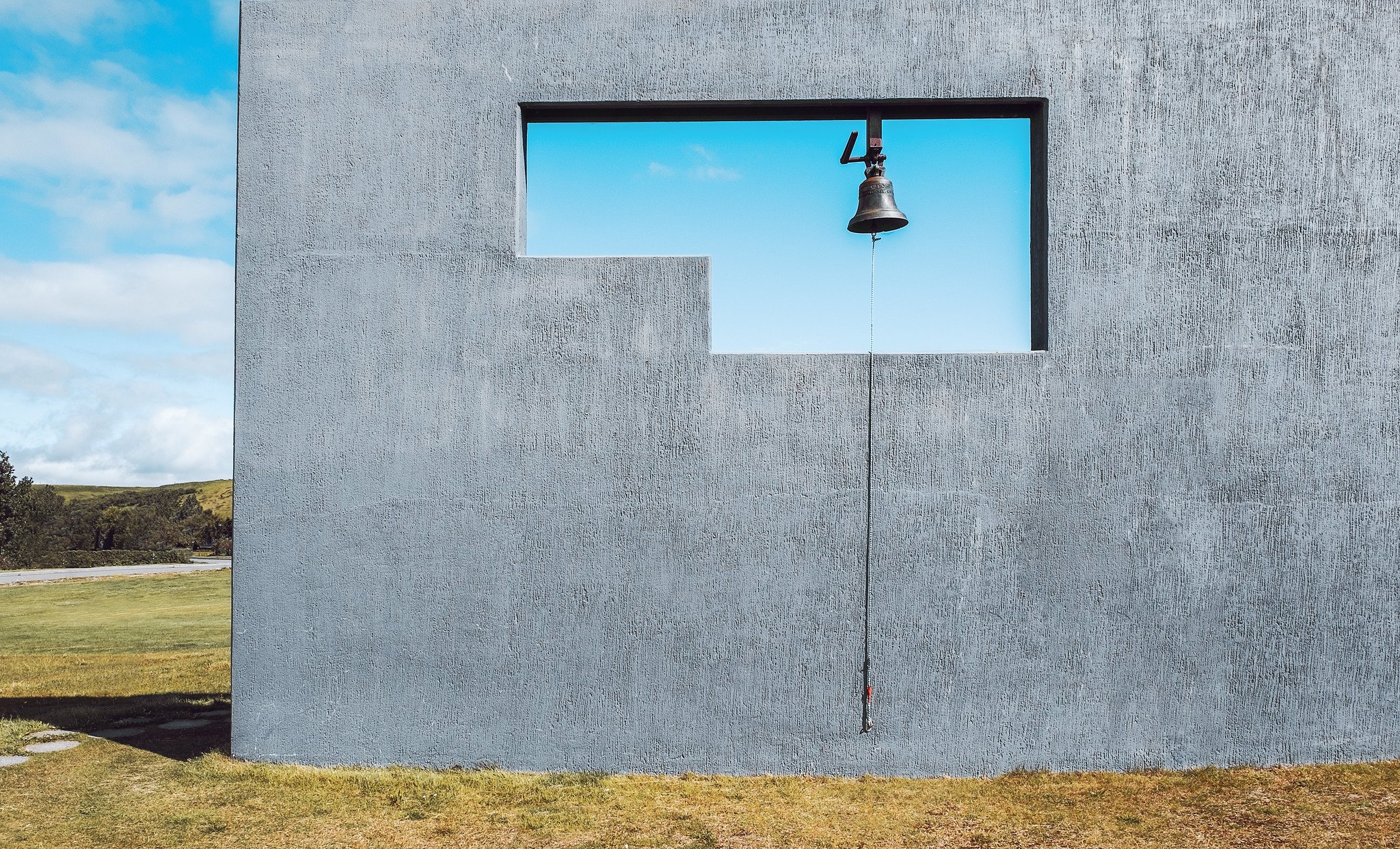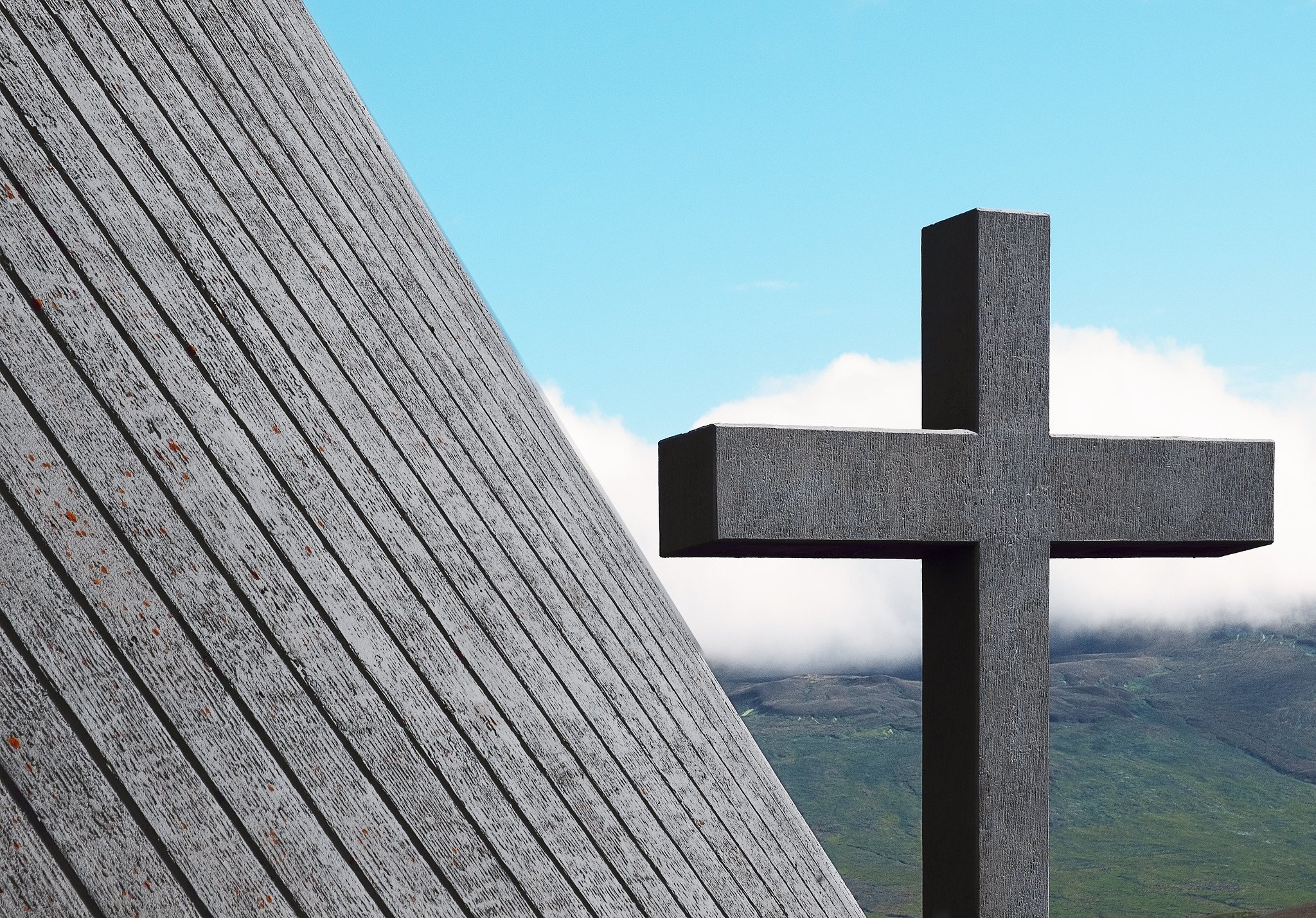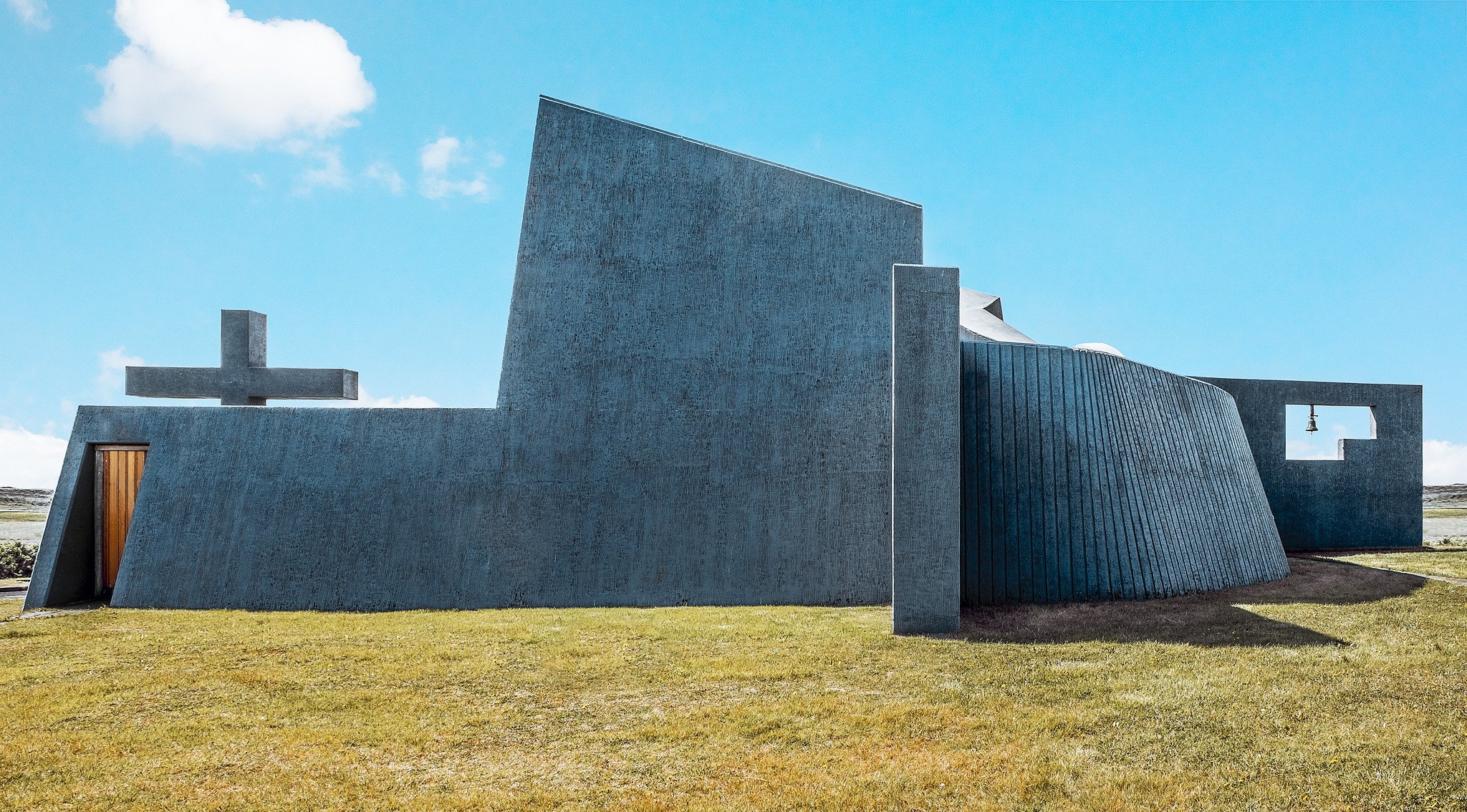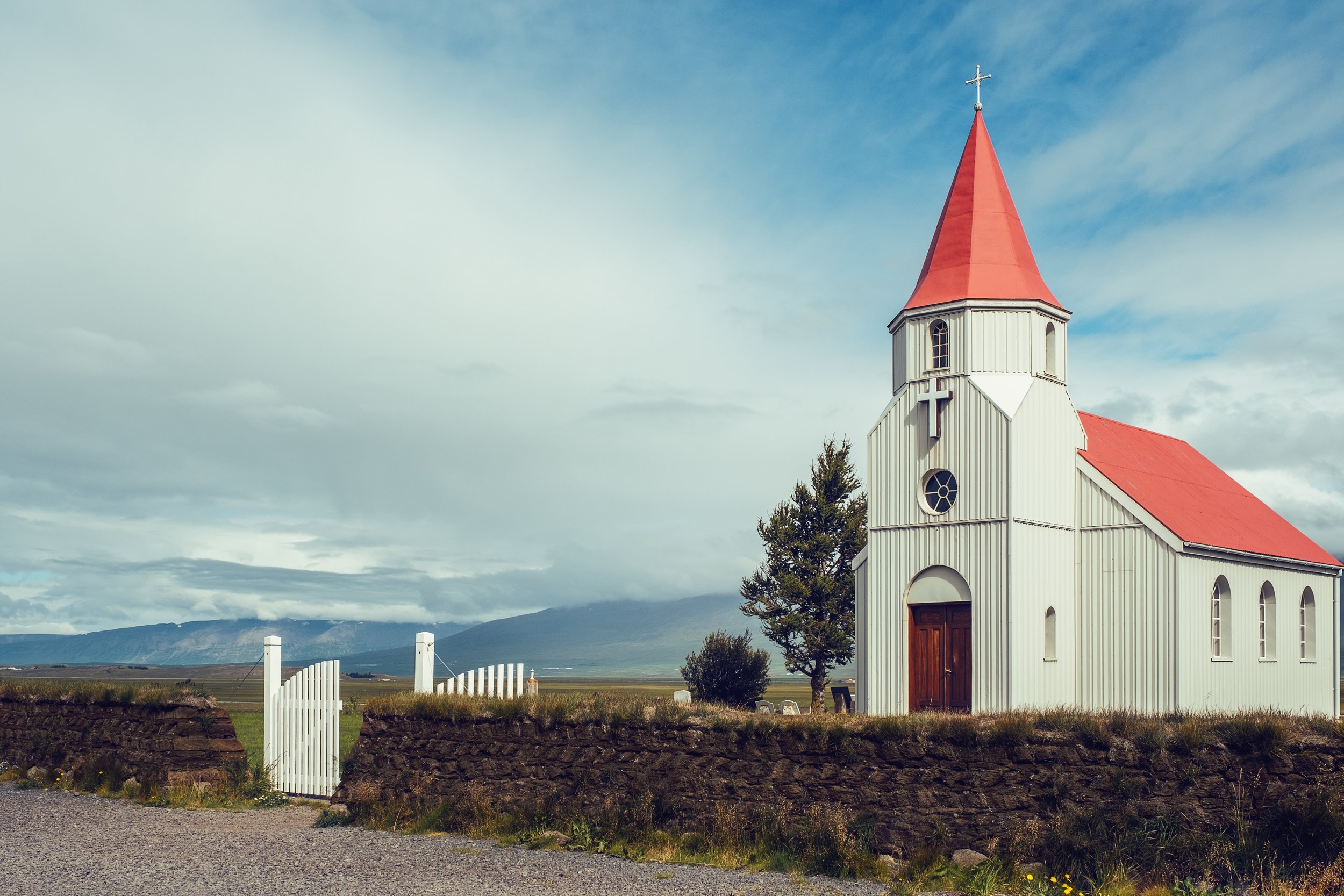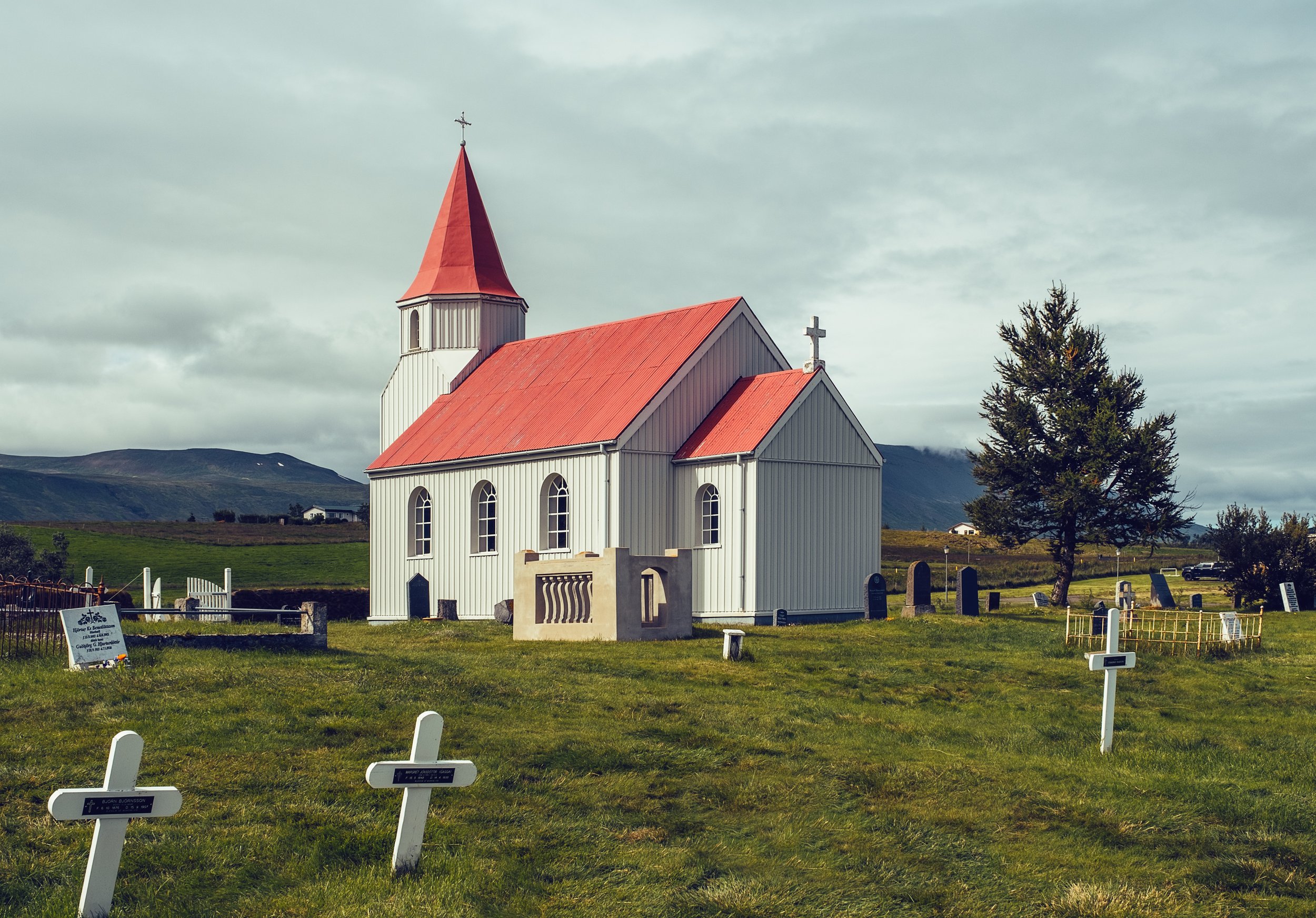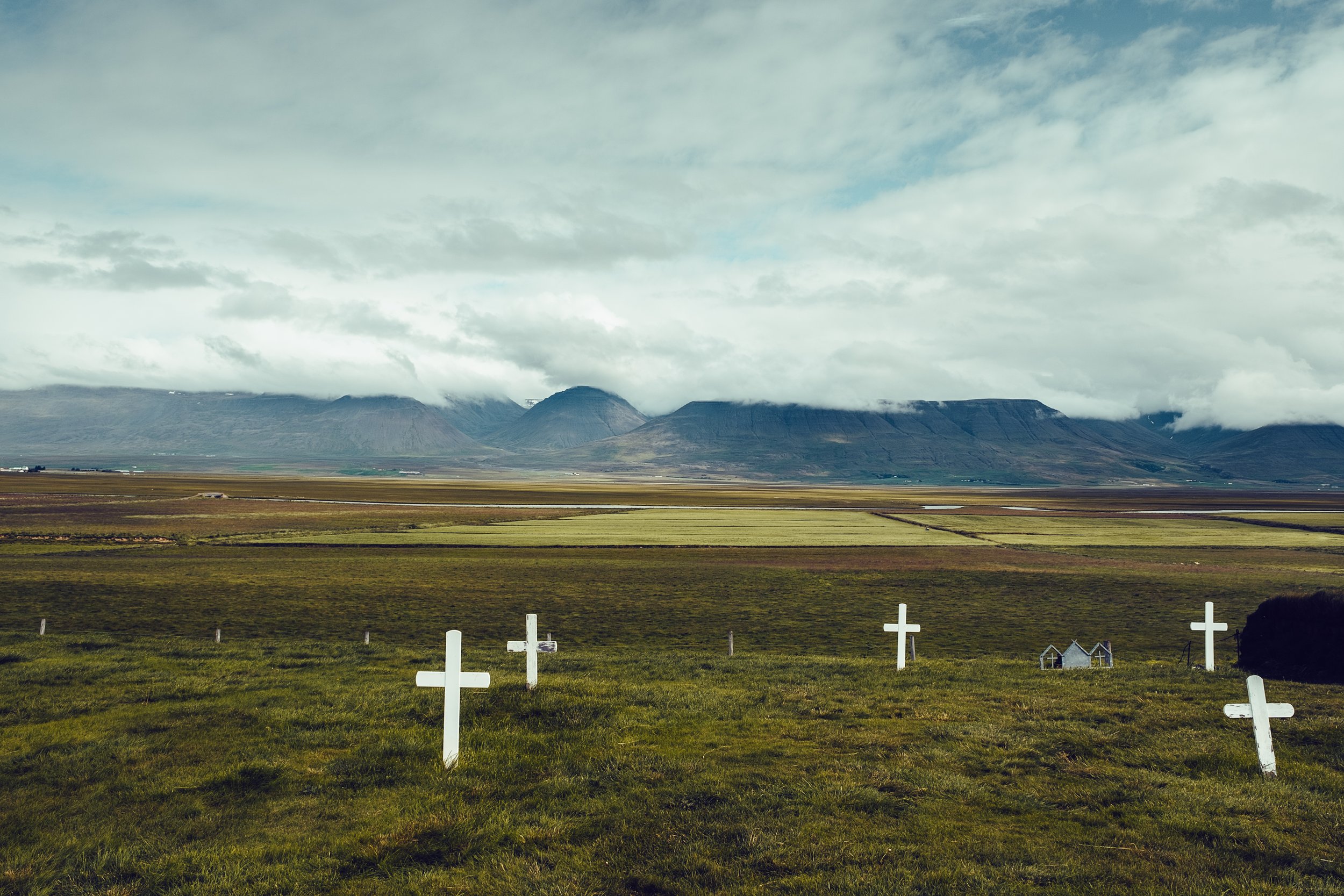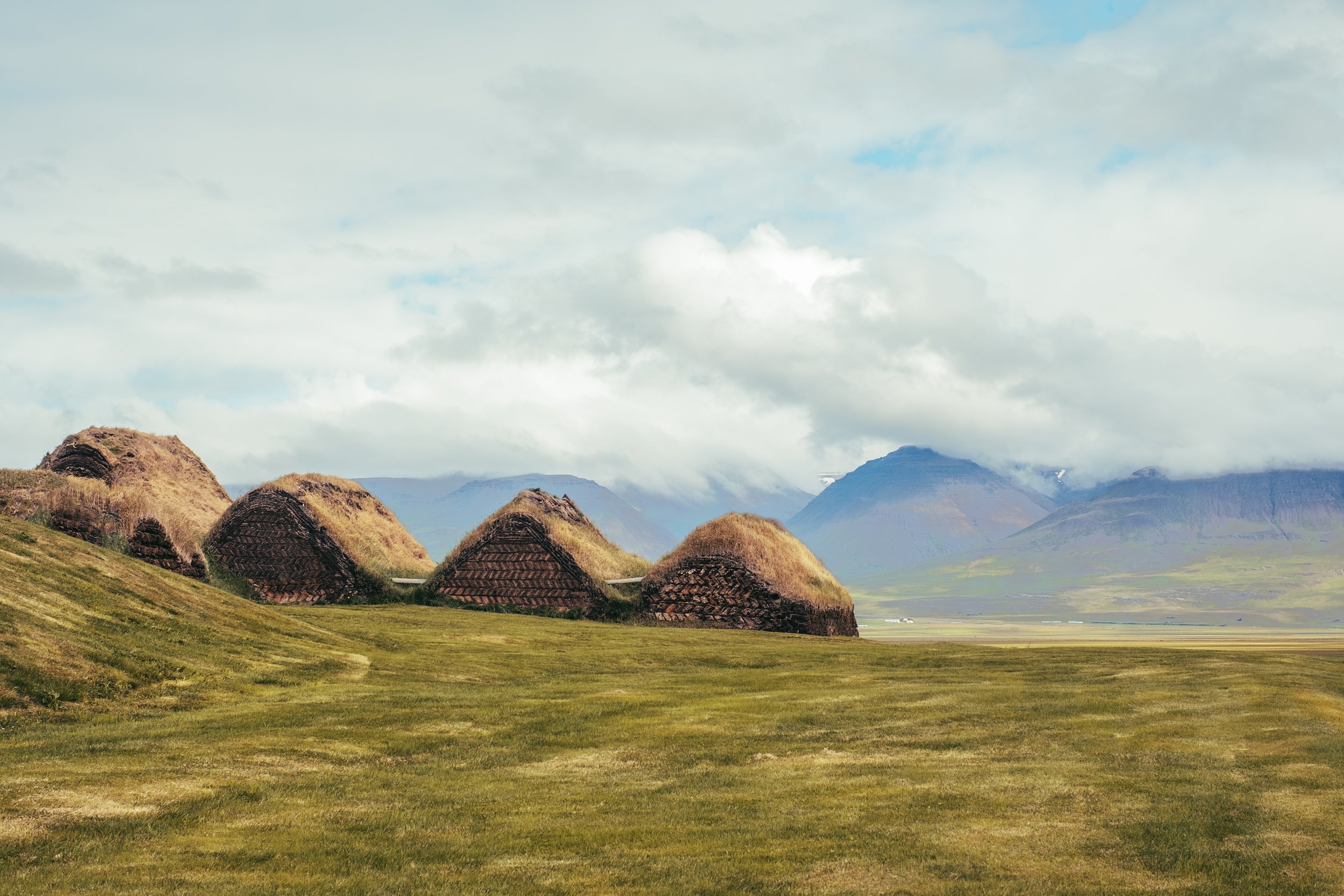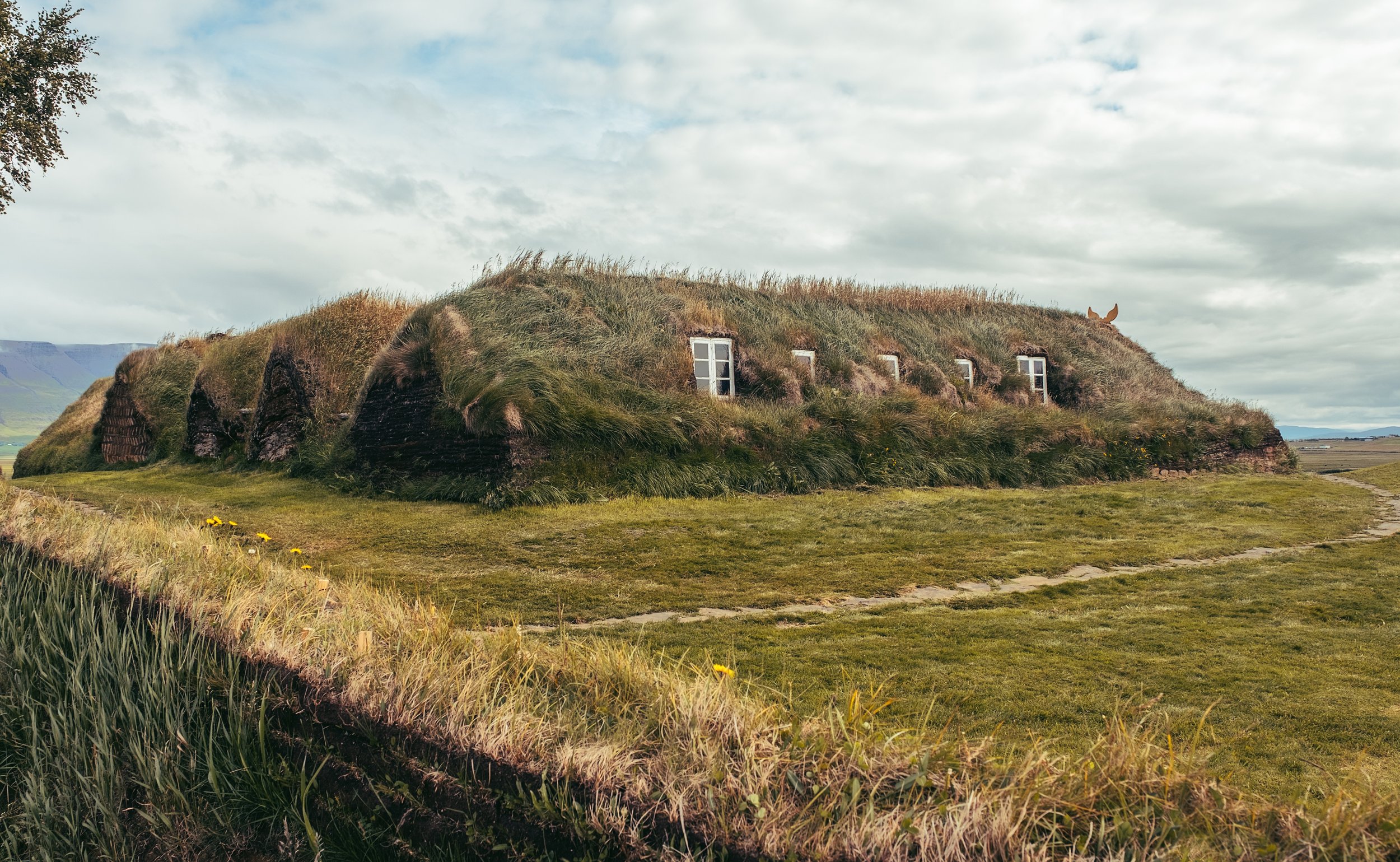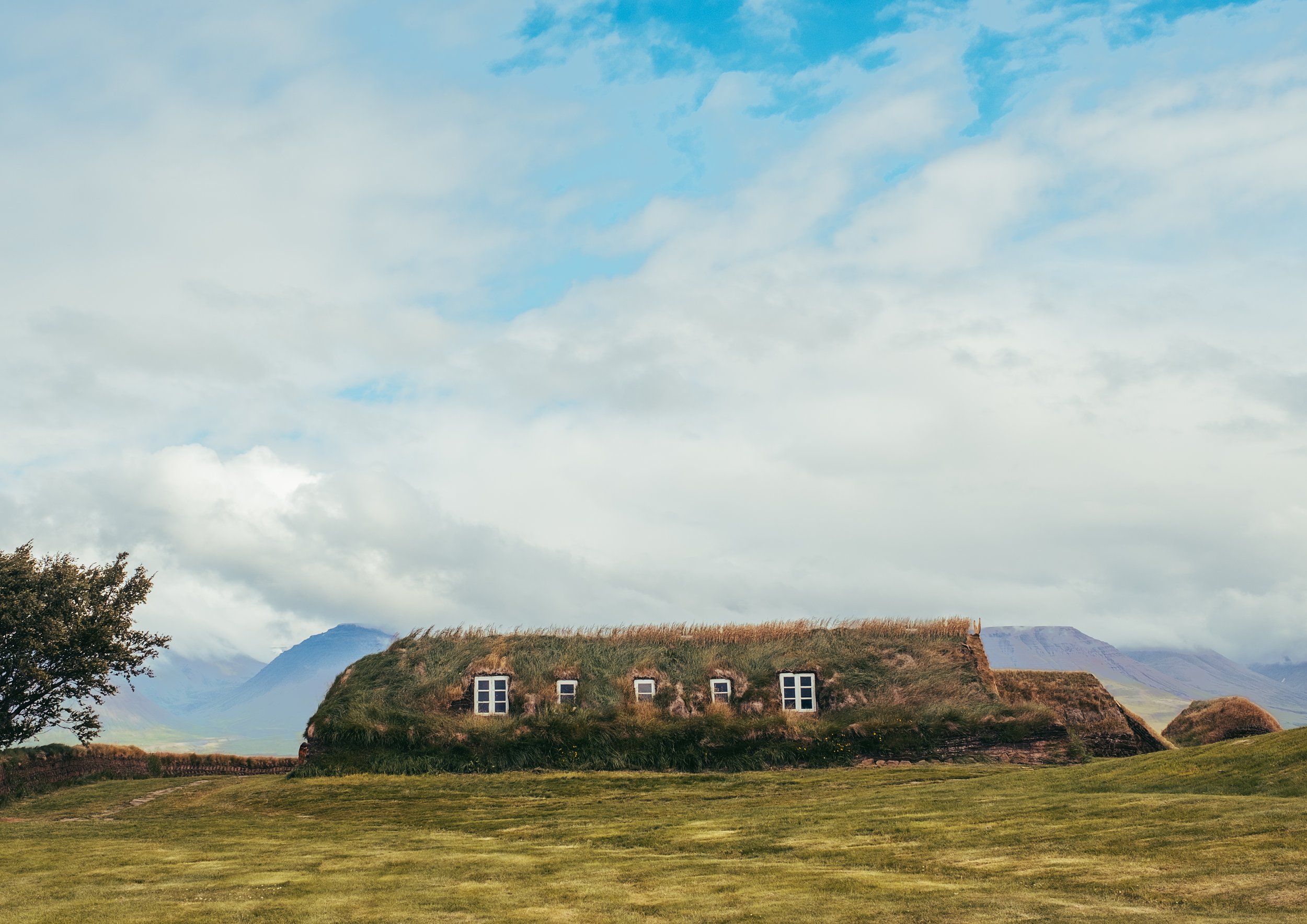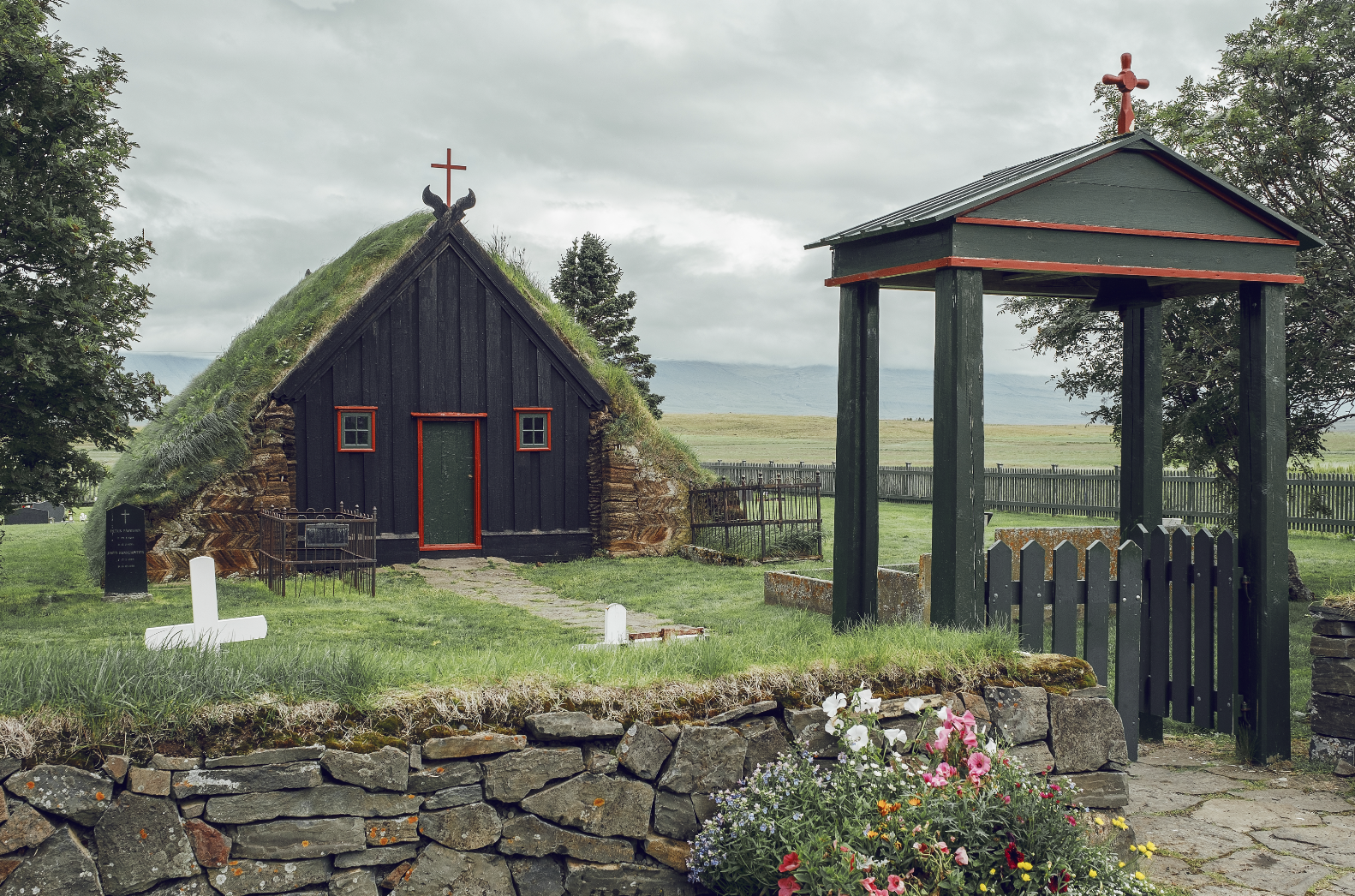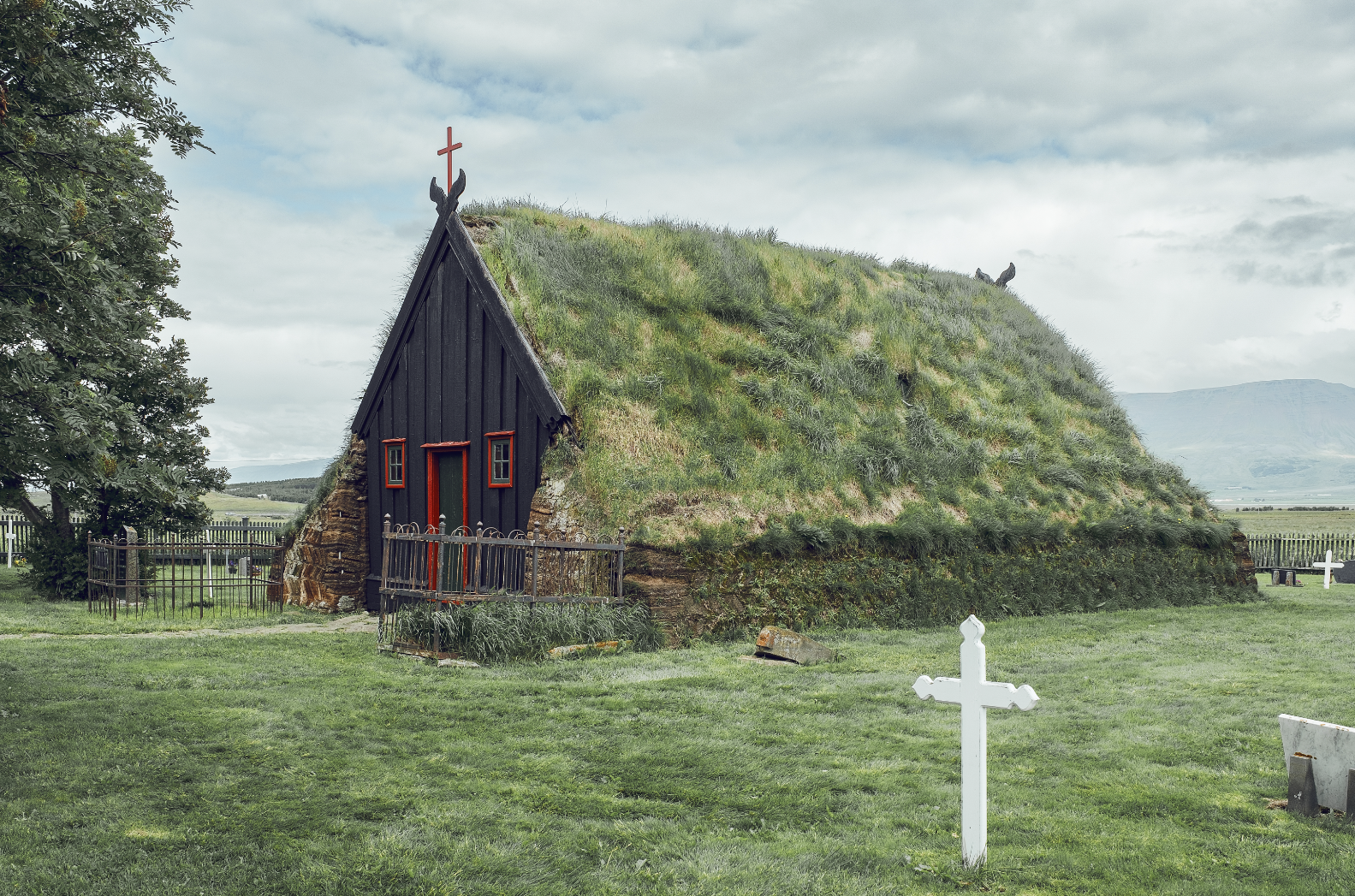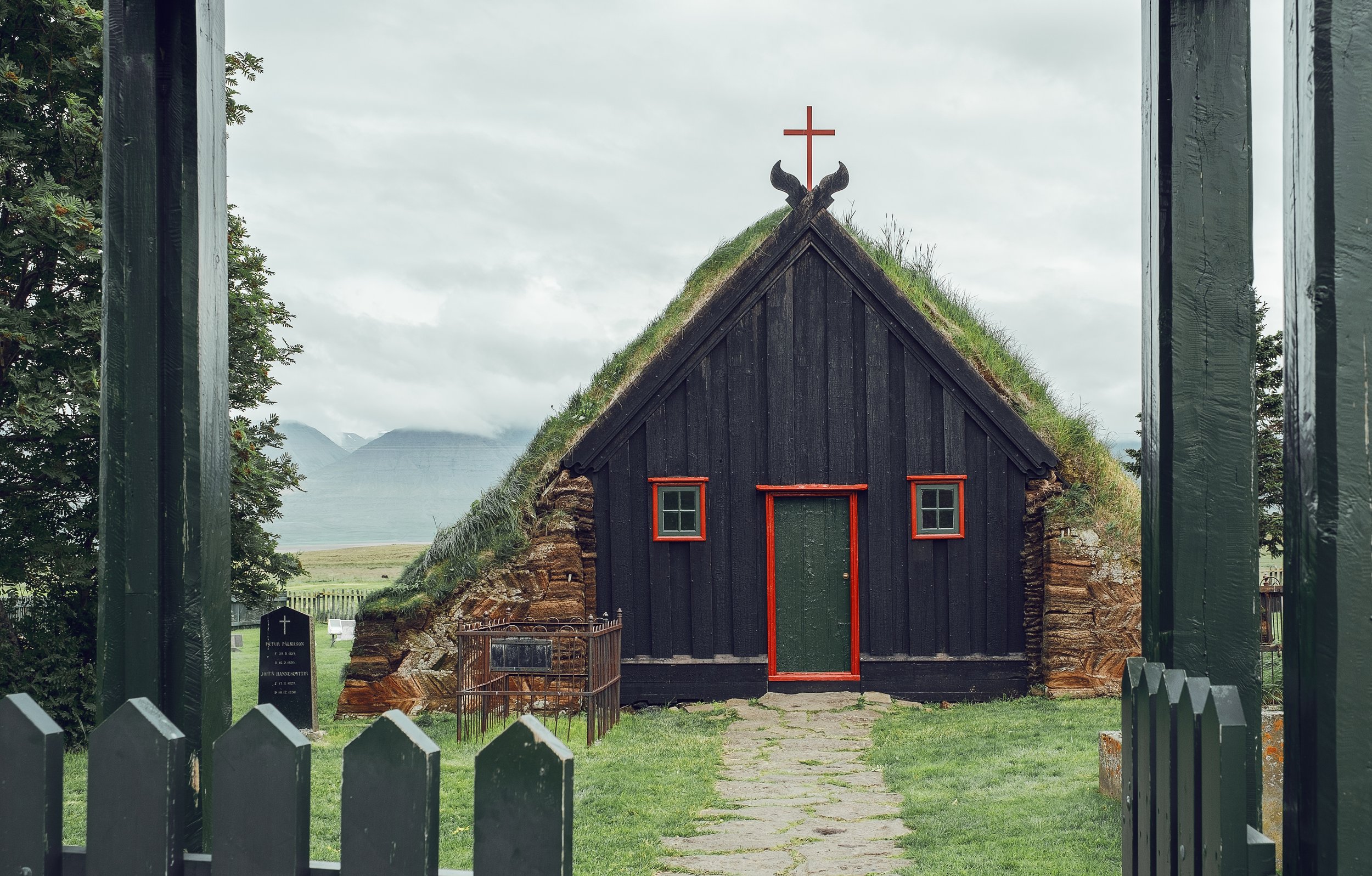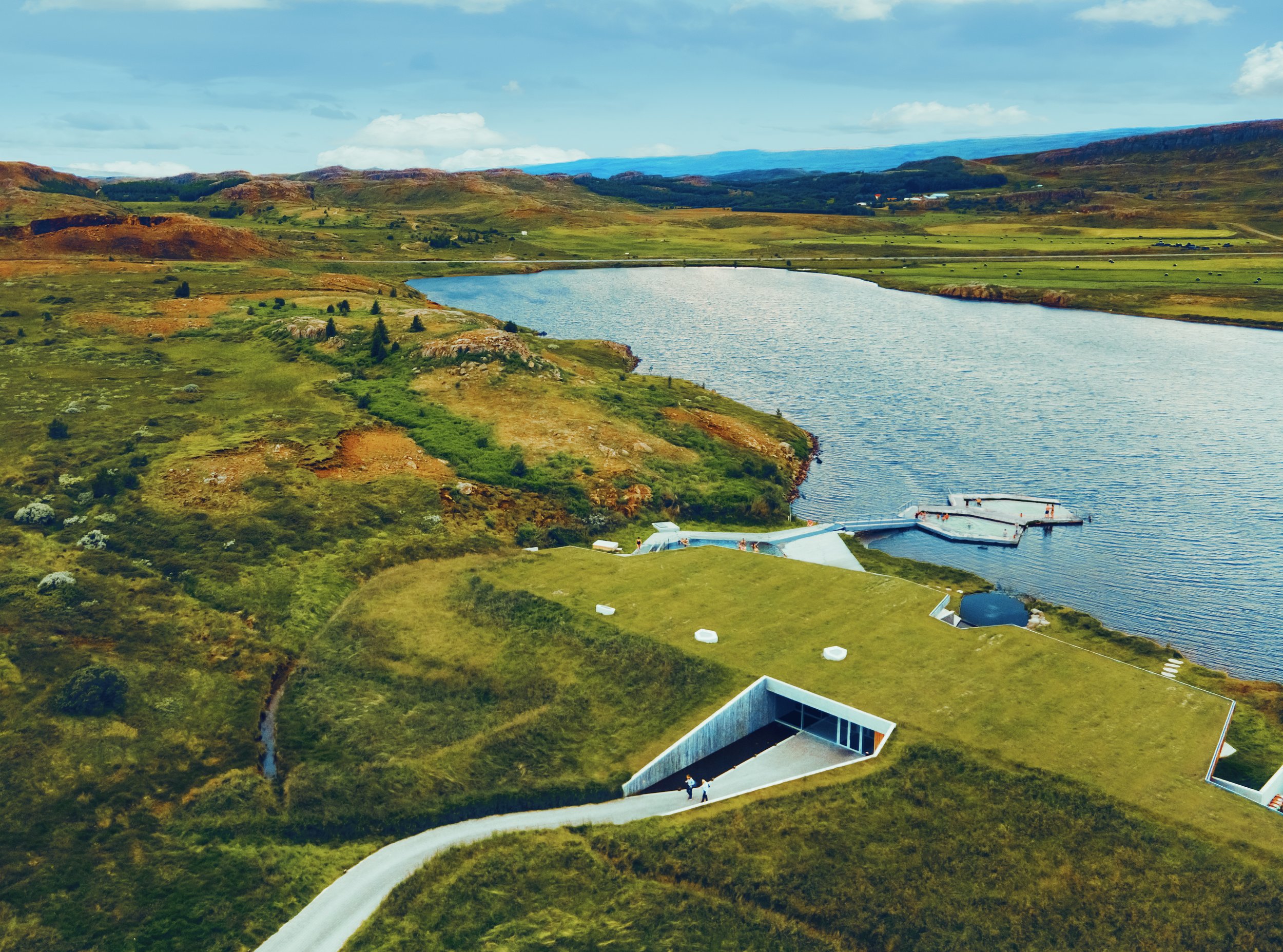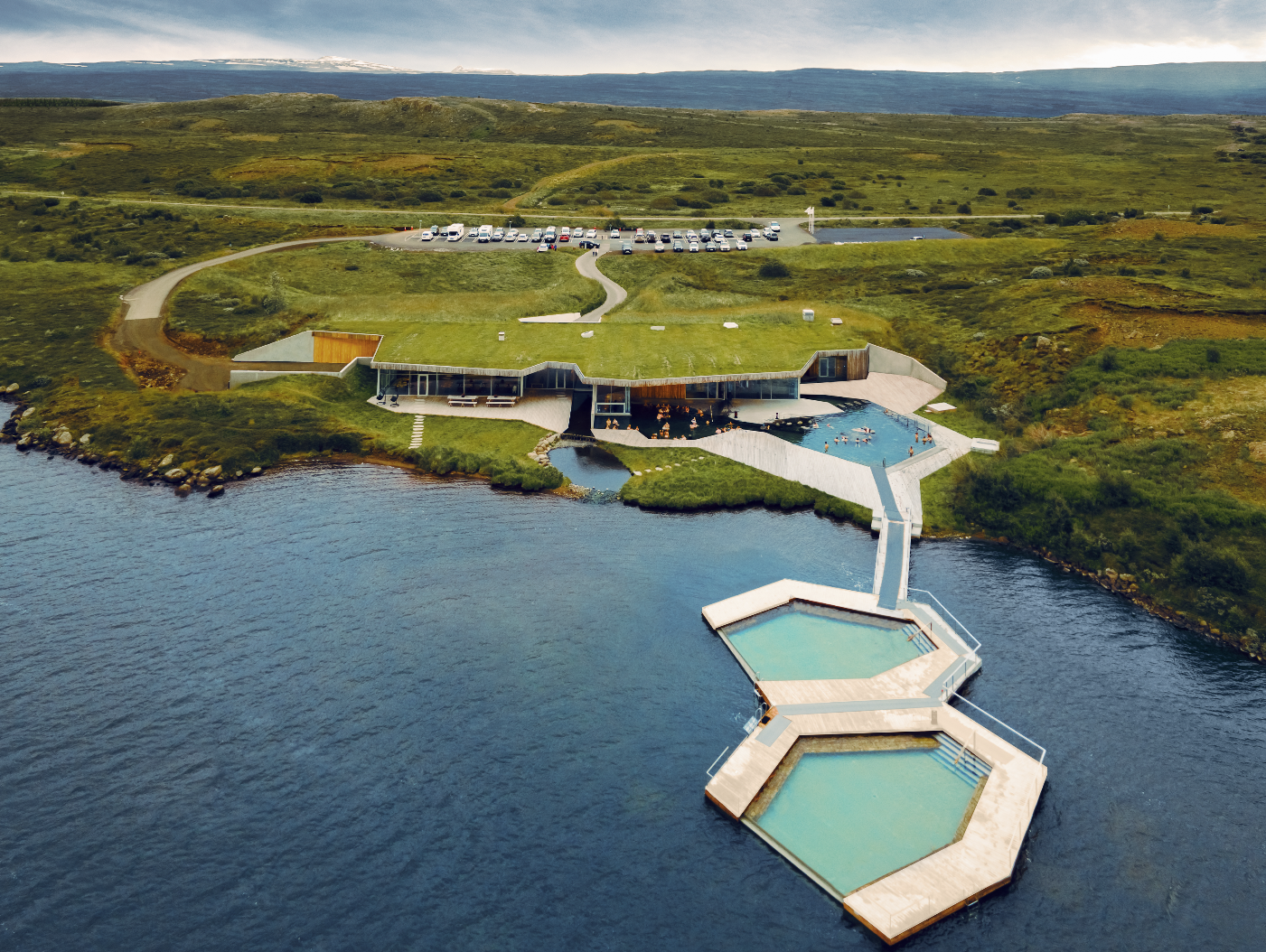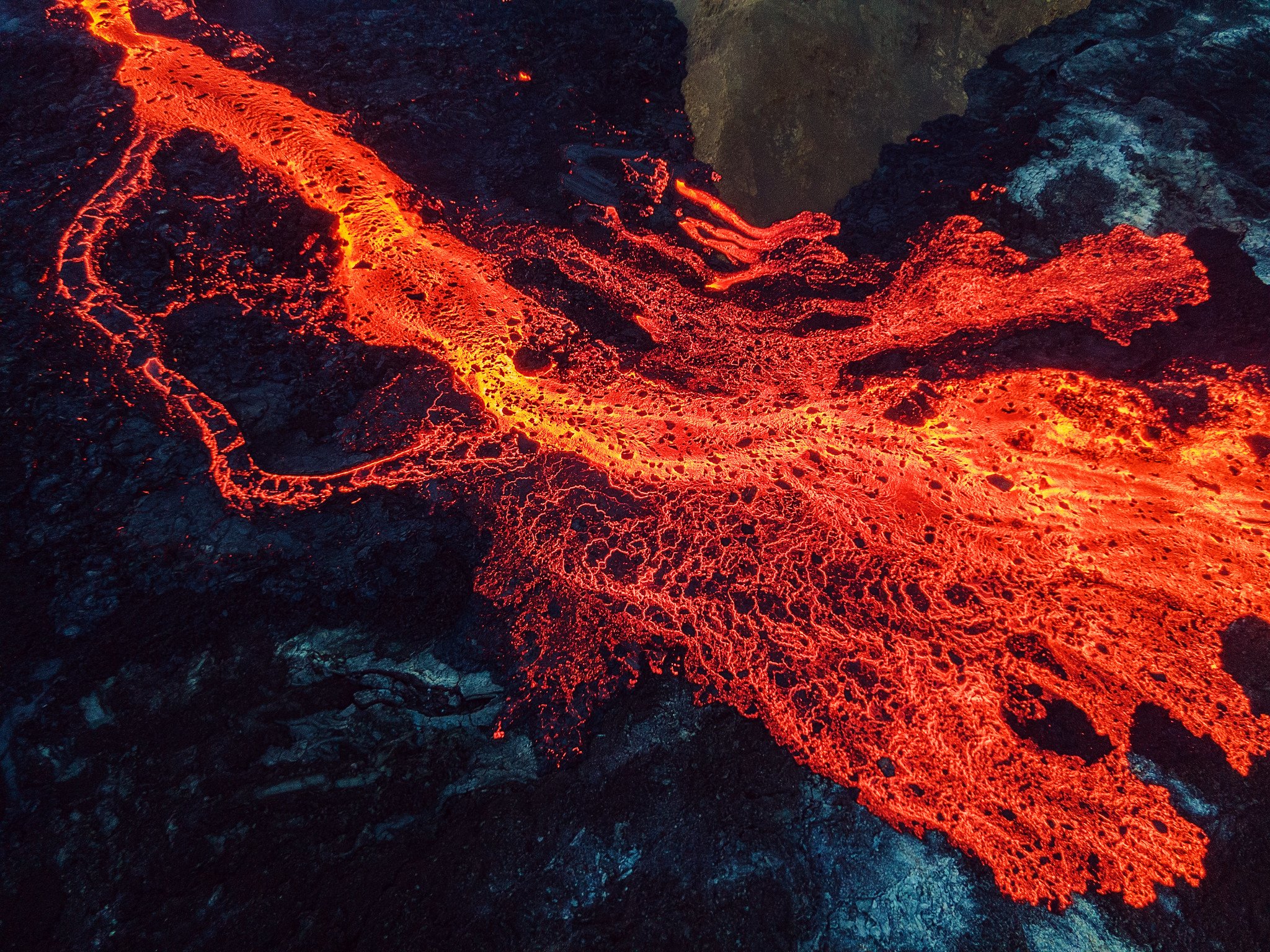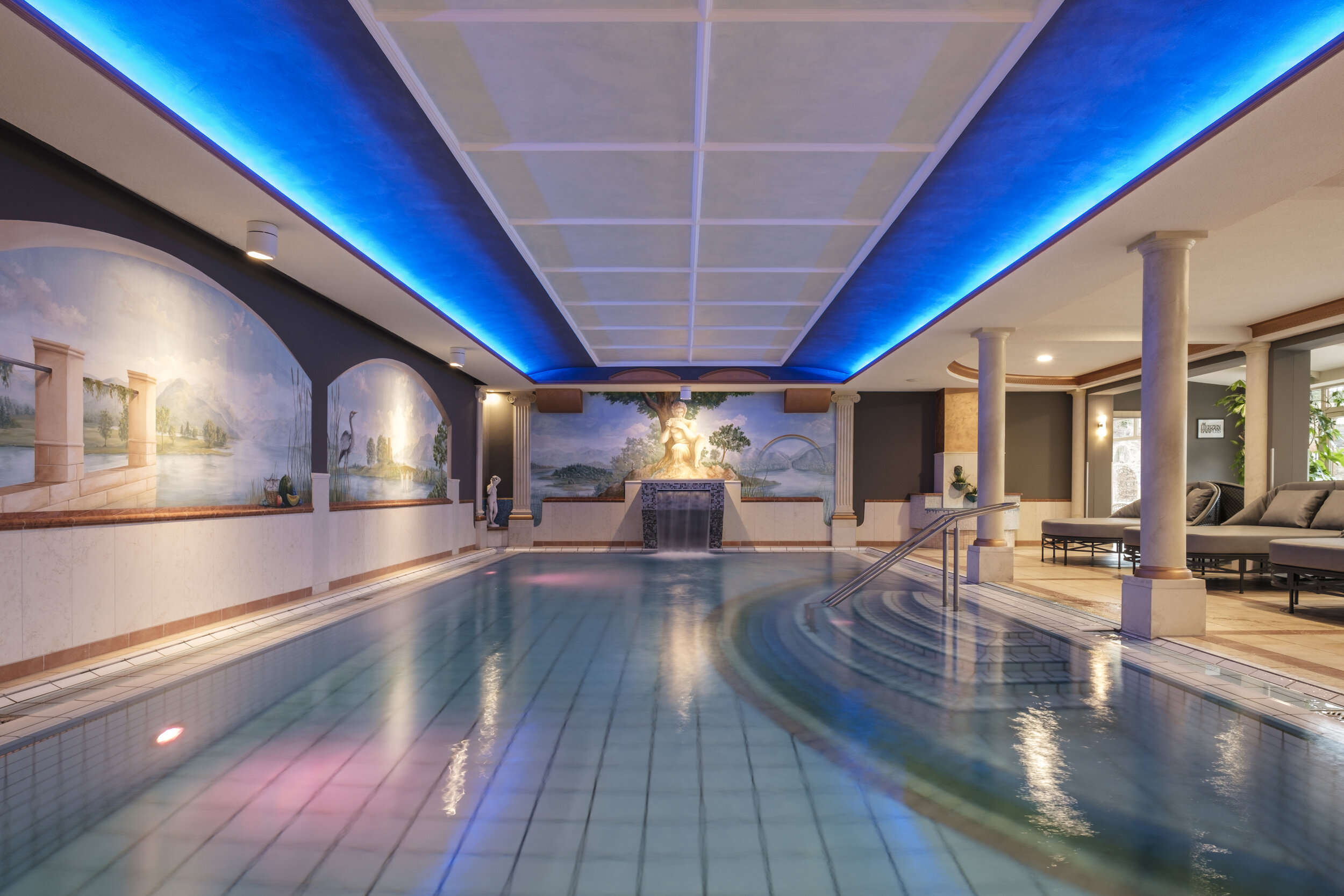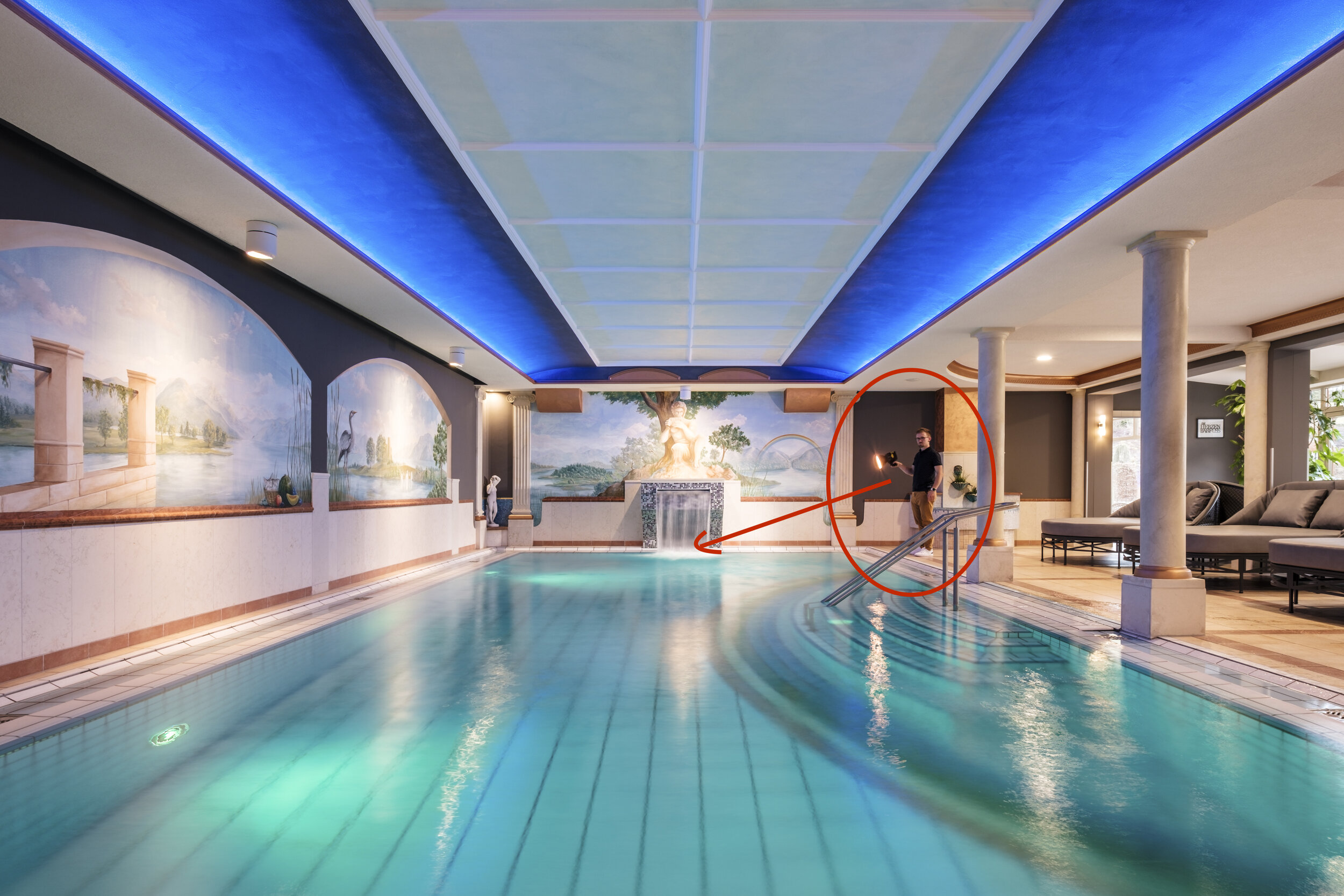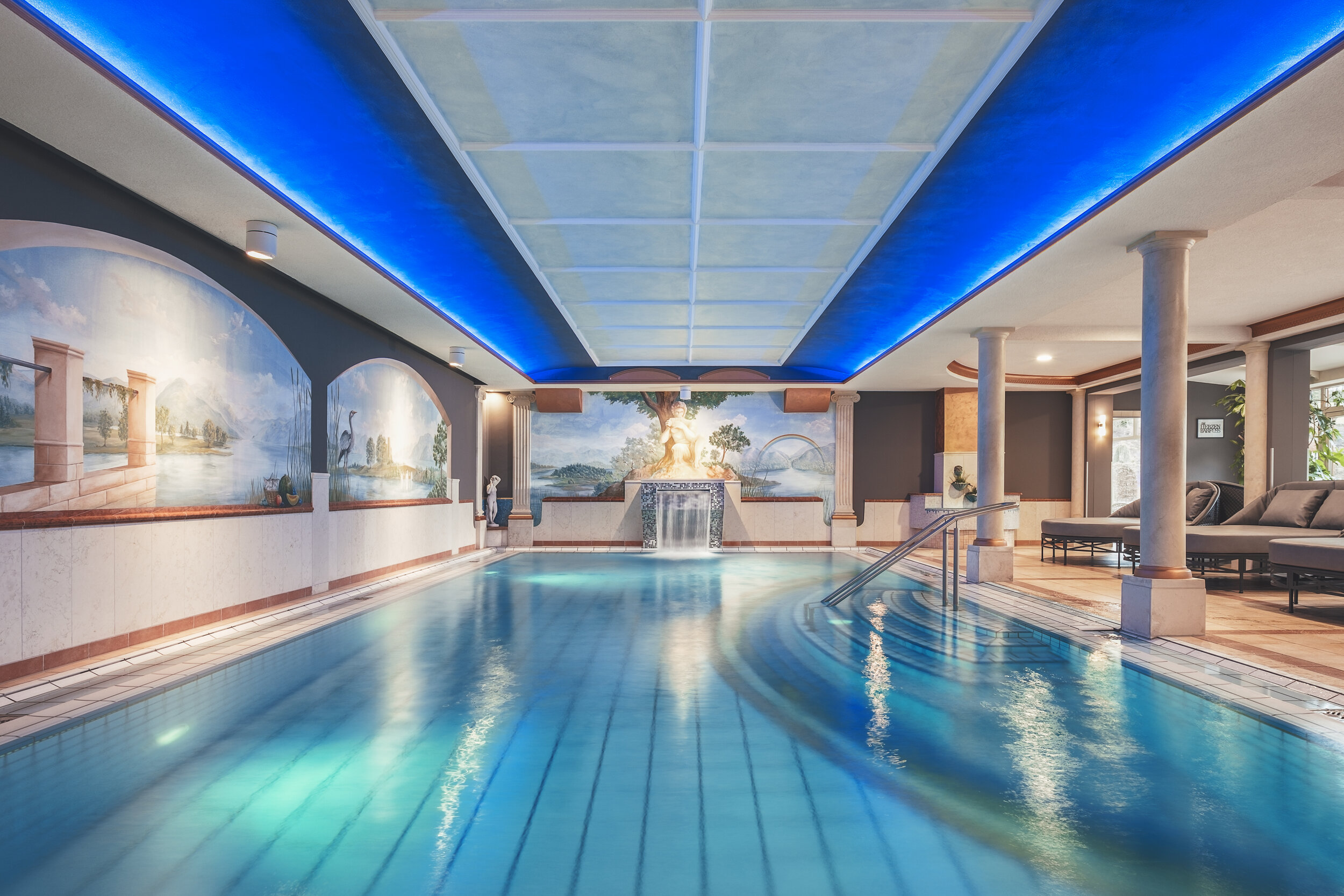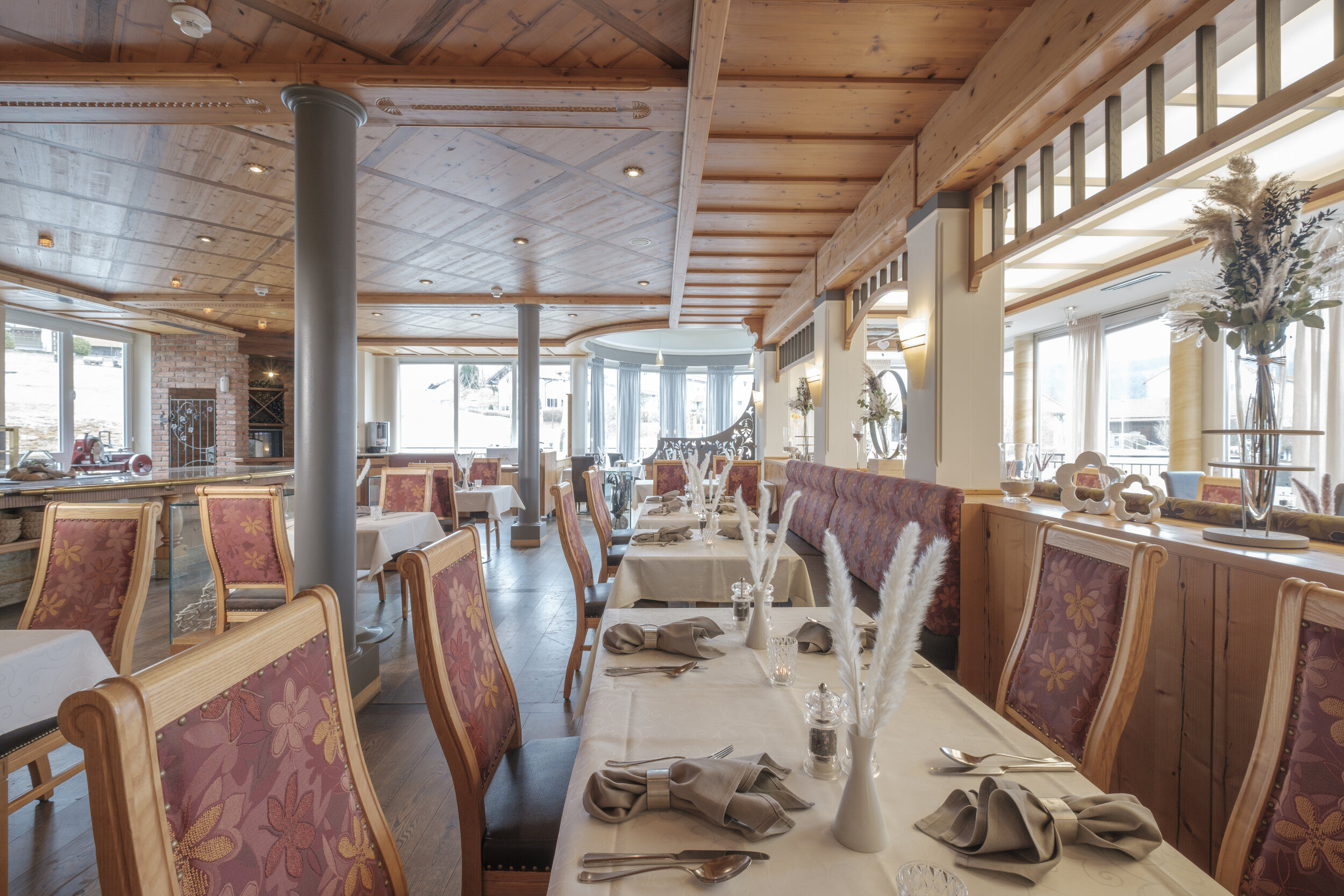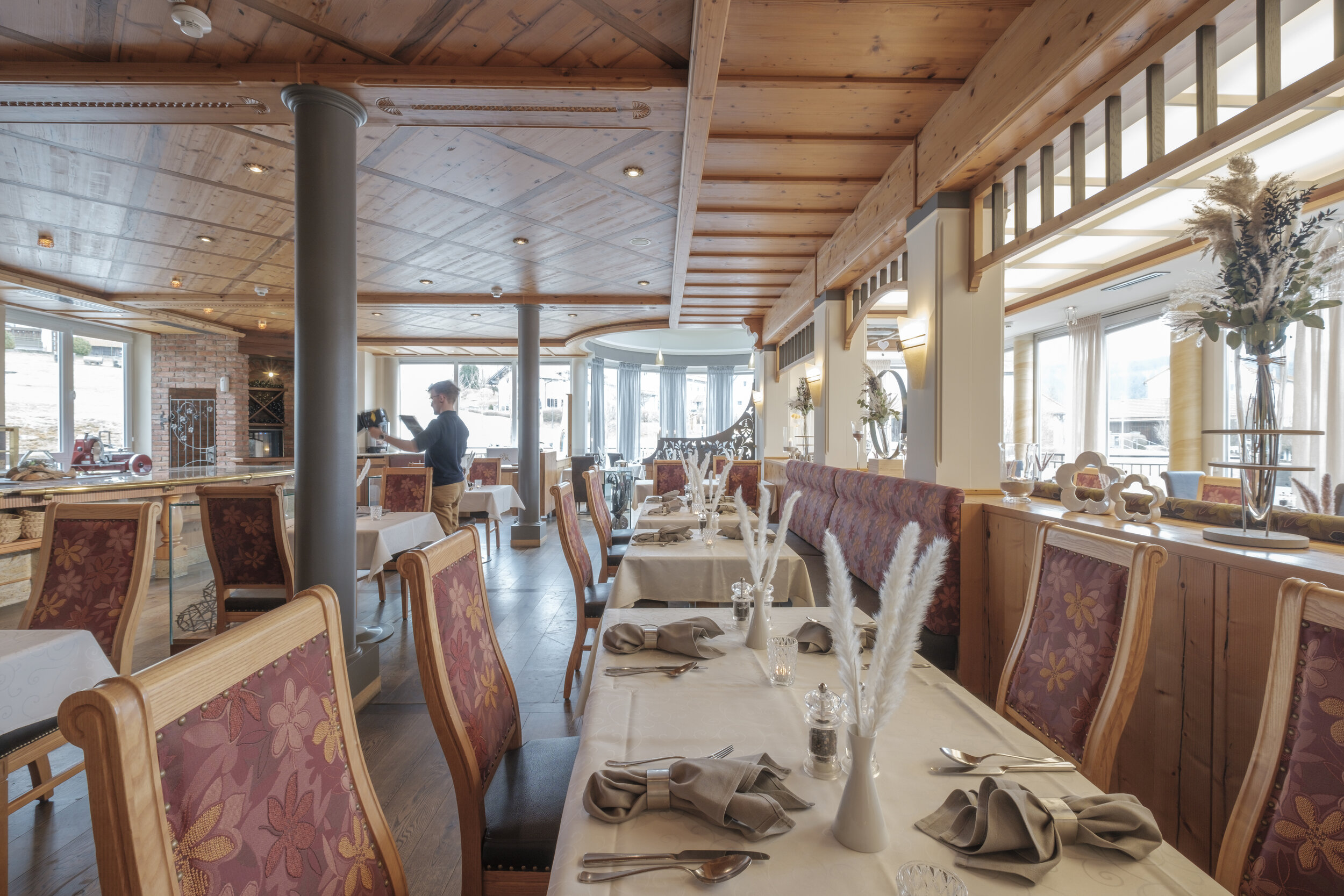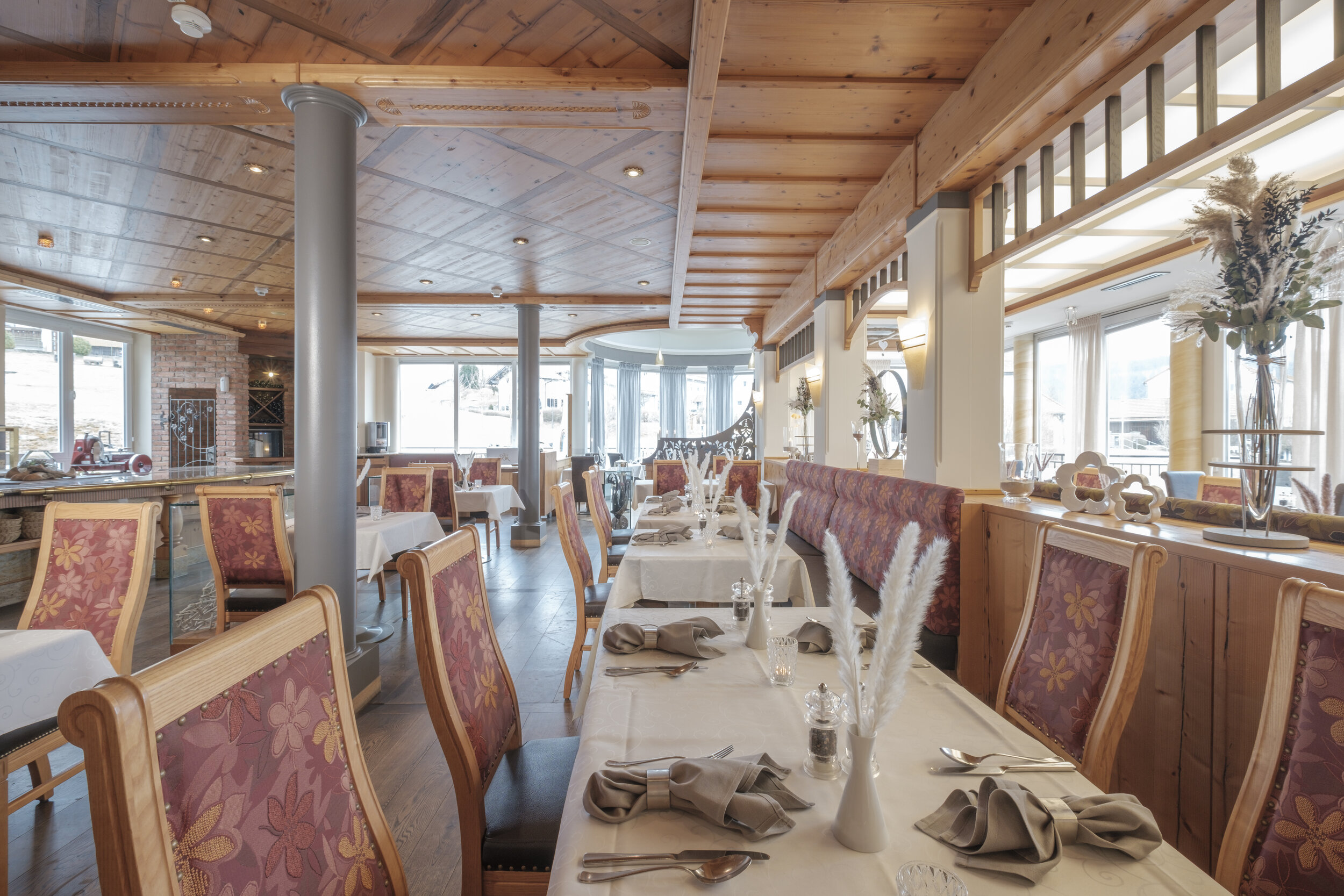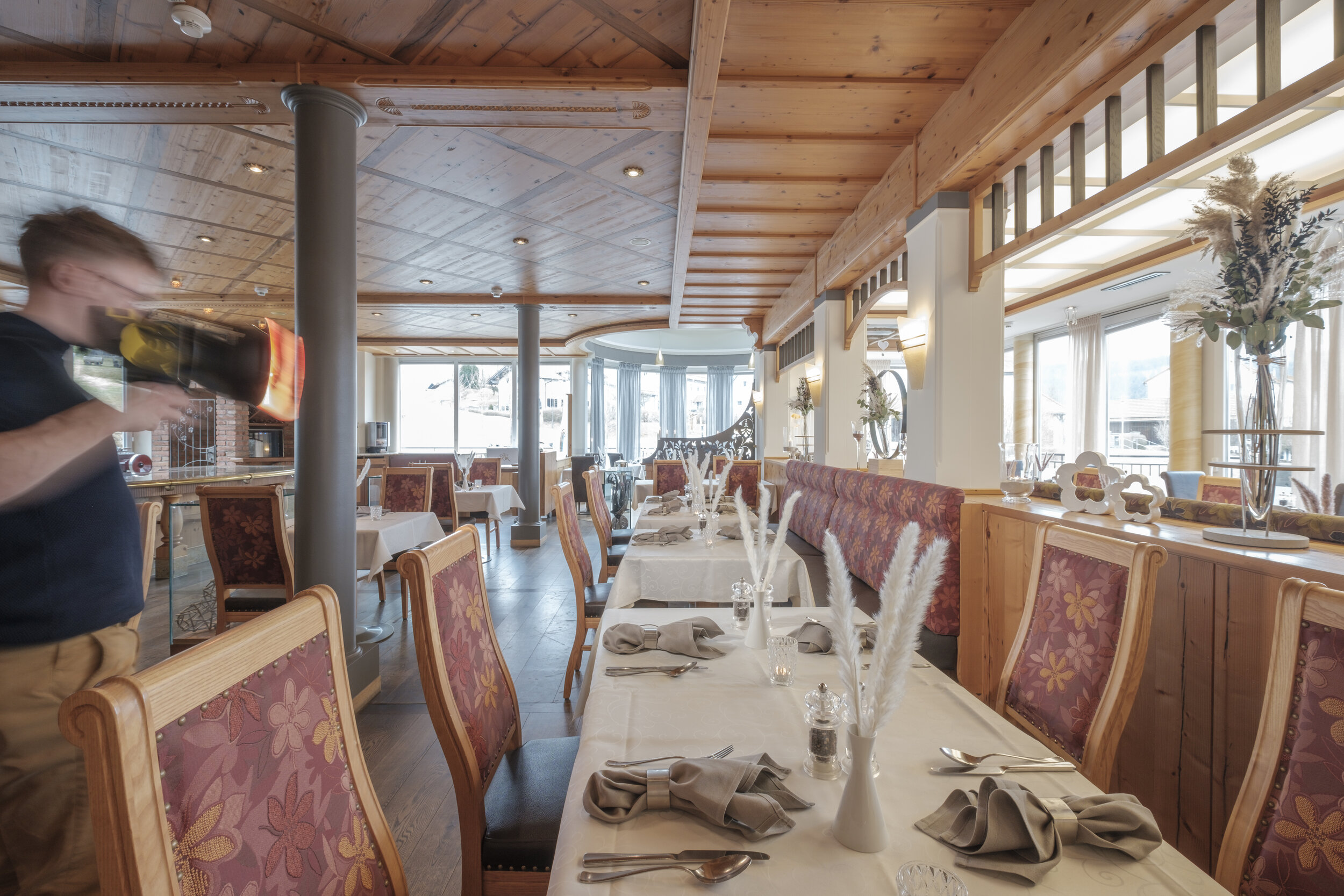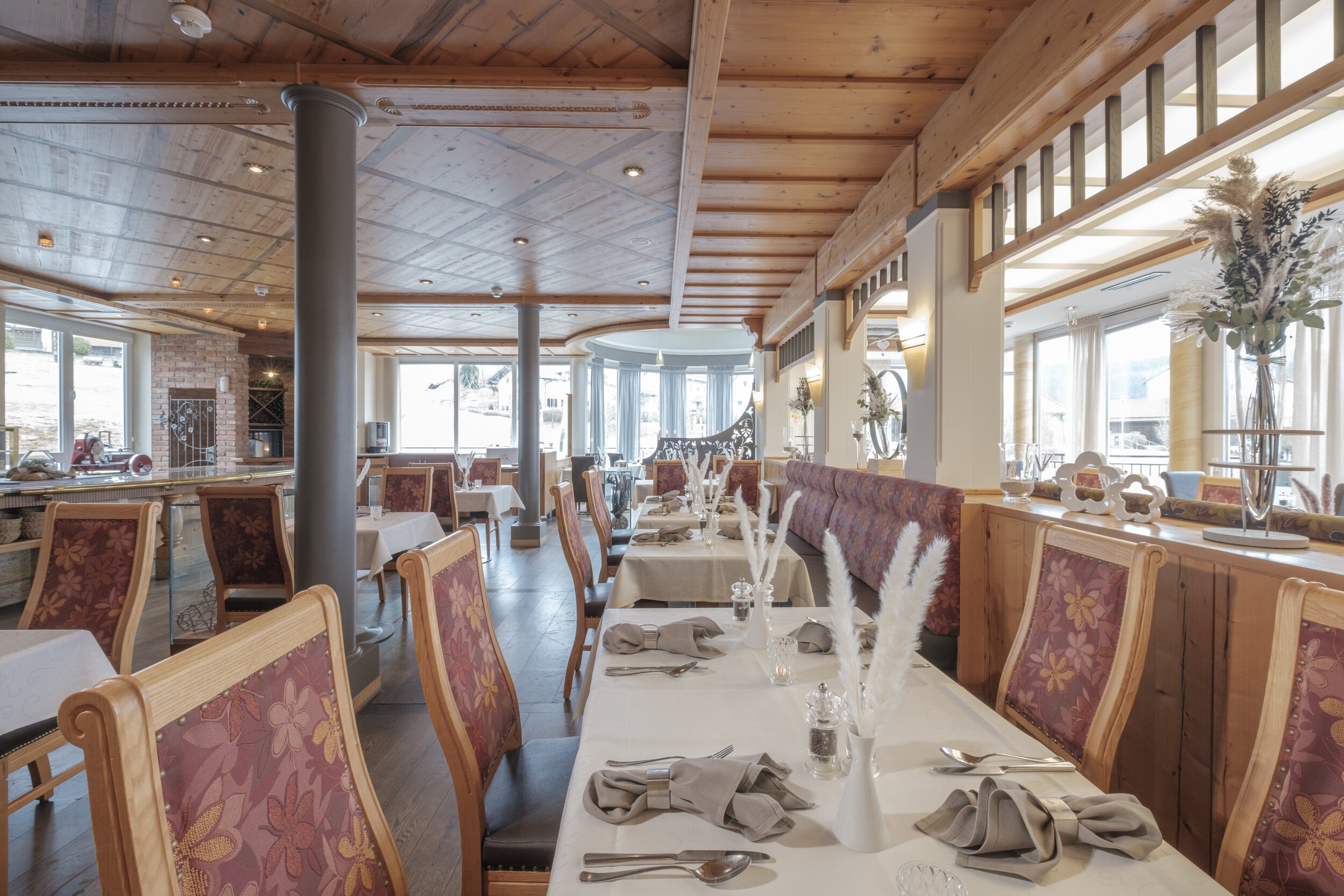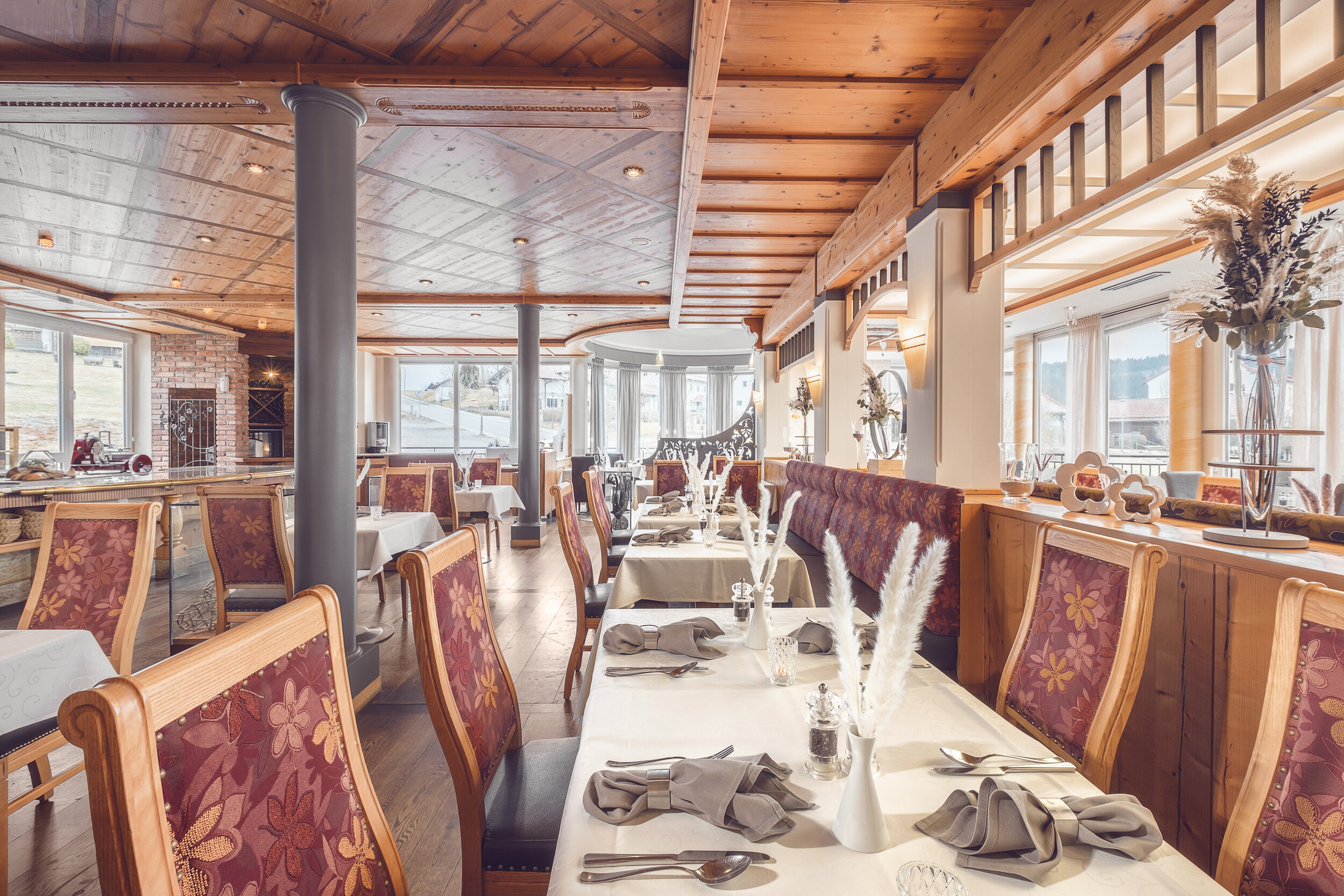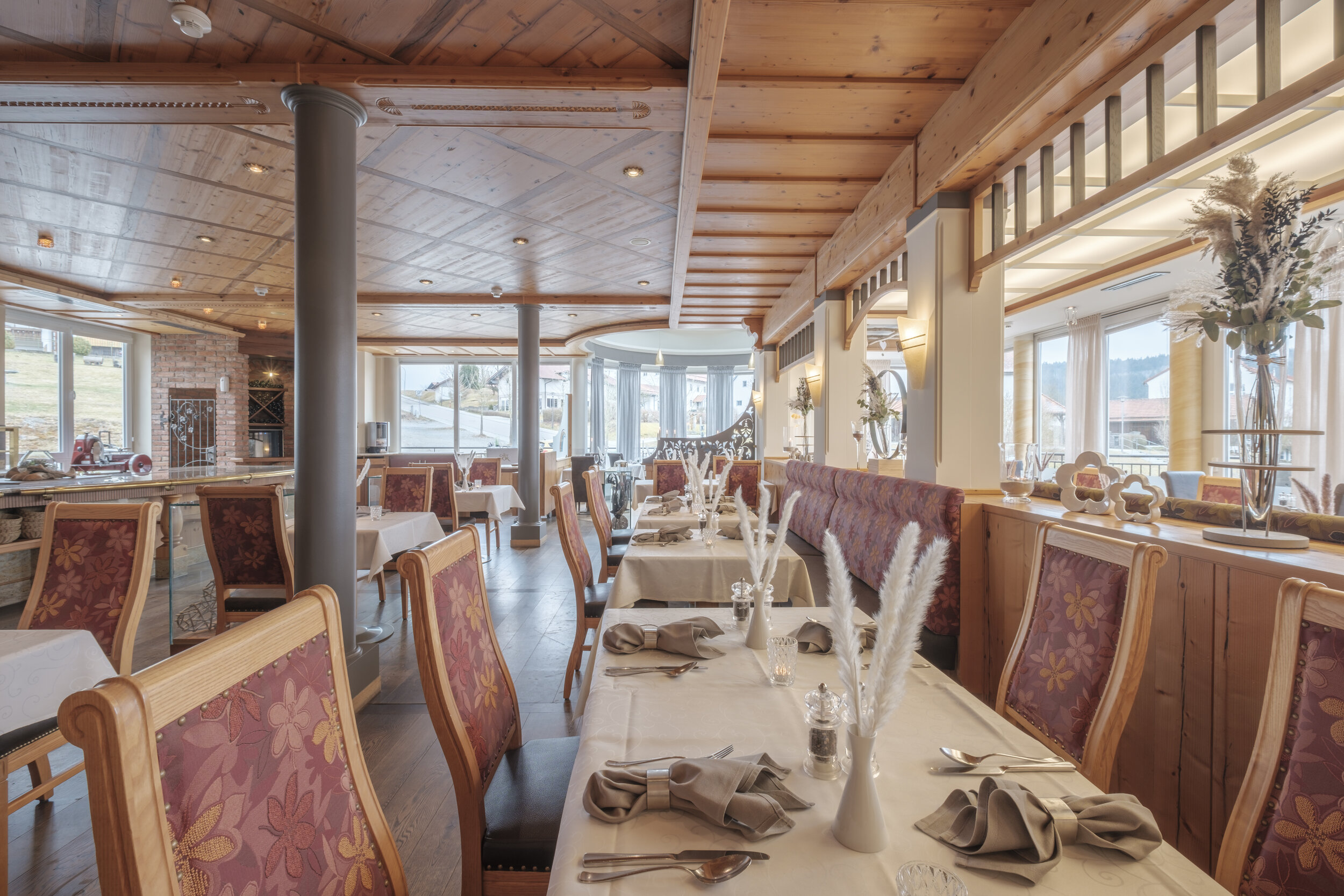Iceland, the dream destination for many; especially for those seeking after gigantic waterfalls, green mossy hills, strong waves, basalt canyons, black sand beaches and - of course - Iceland’s mascot, the super cute puffin. Yes, that is also what I focussed on when I first visited Iceland, back in 2016. This year, I completely shifted my photographic interest to a much lesser known subject matter: Iceland’s architecture.
Hence many of my photo stops, I planned out on Google maps beforehand, were much lesser known. That way, we also stayed away from many tourists and had the spots almost completely to ourselves.
Starting our journey, just as we were riding out of Rejkjavik, I suddenly told my girlfriend to pull over when I saw some glowing objects lurking above the lava field. As we got closer, we stumbled upon some extraterrestrial looking black igloos. I have definitely never seen such constructions - although I have already visited almost all nordic European countries. So of course, I took some pictures to show how well they are embedded into the surrounding lava field. The harmony of nature and complementing architecture will be seen again in this architectural series, as I think it is one of Iceland’s most unique architectural features. As there were some barriers and many signs telling visitors to stay away from the property, I was intimidated. So I considered it to be some sort of military facility. In reality, I just found out as I was writing the article that this is the Aurora Borealis Basecamp, a facility for observing the Northern lights, which is now covered by a tent due to the off-season.
